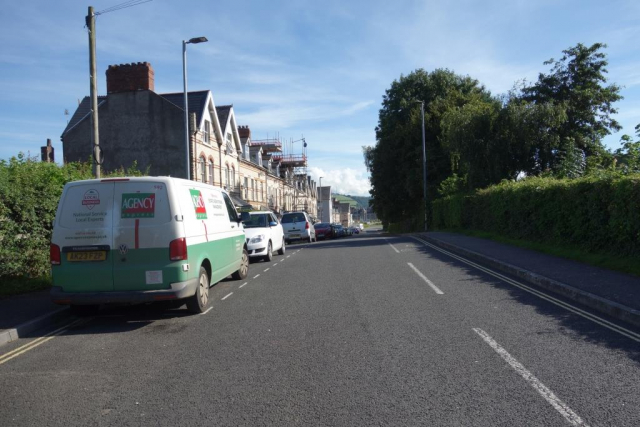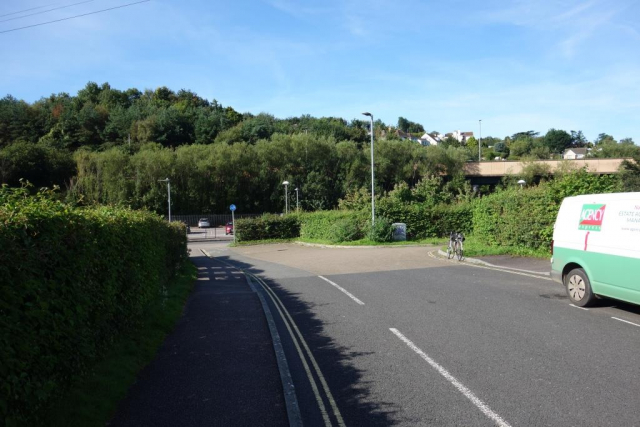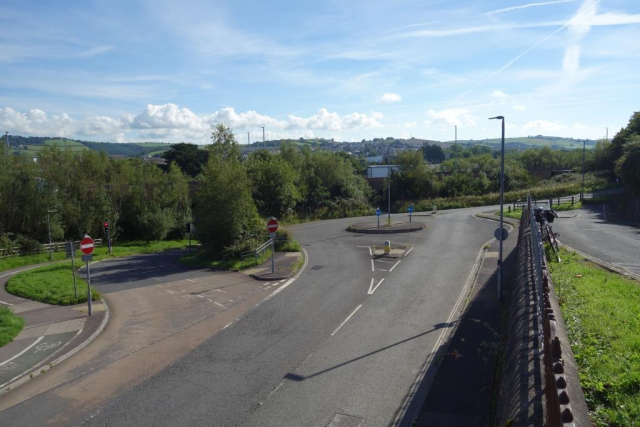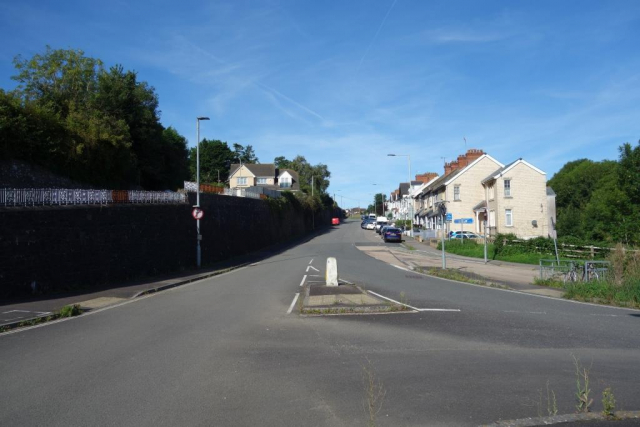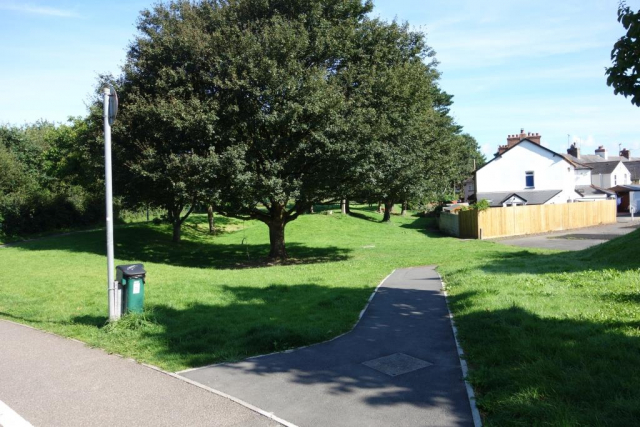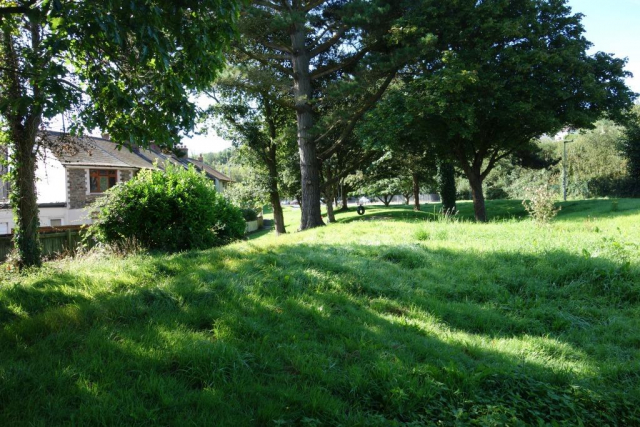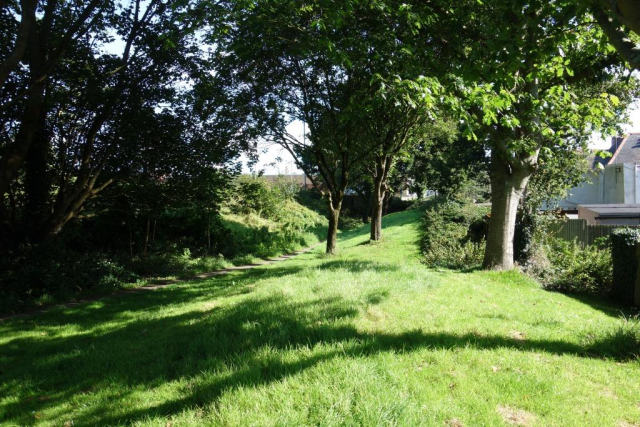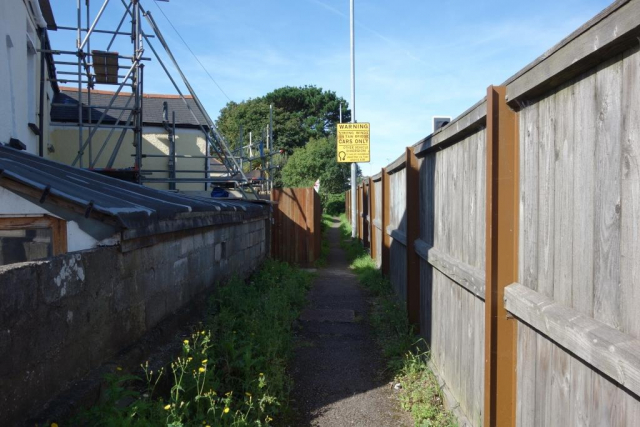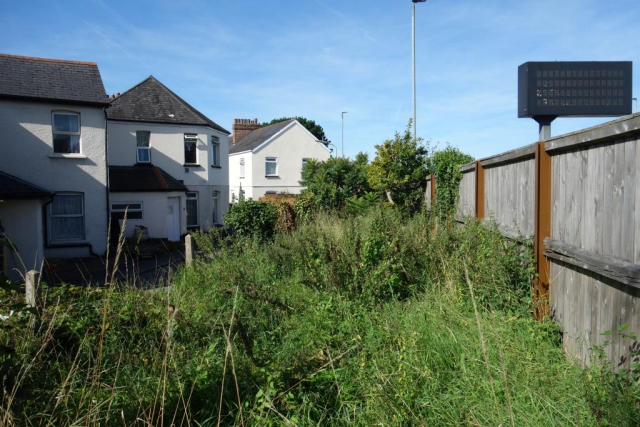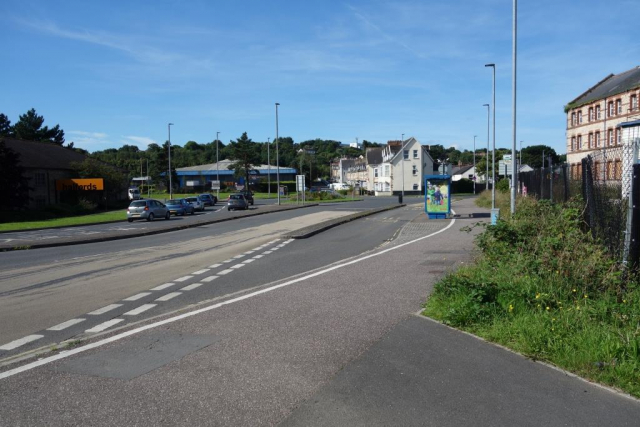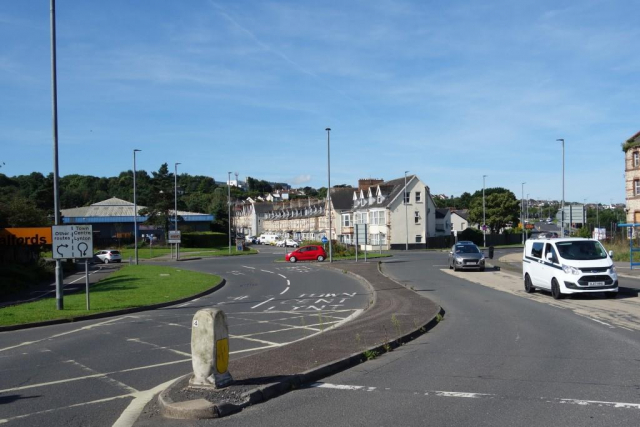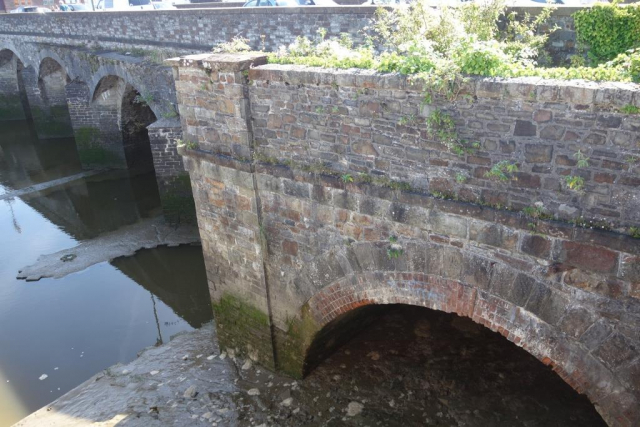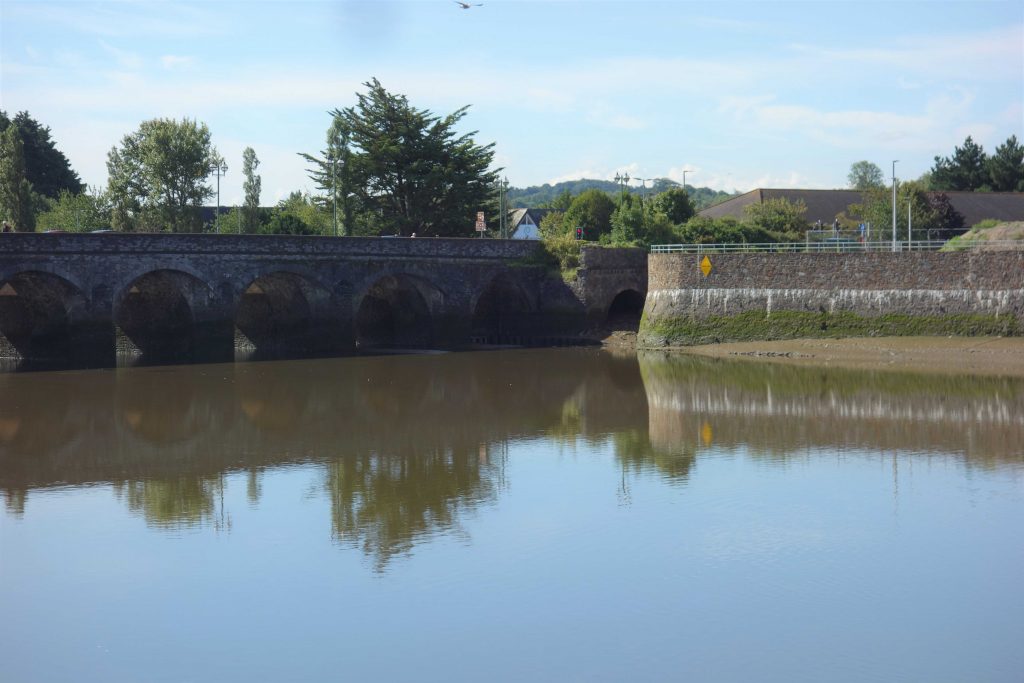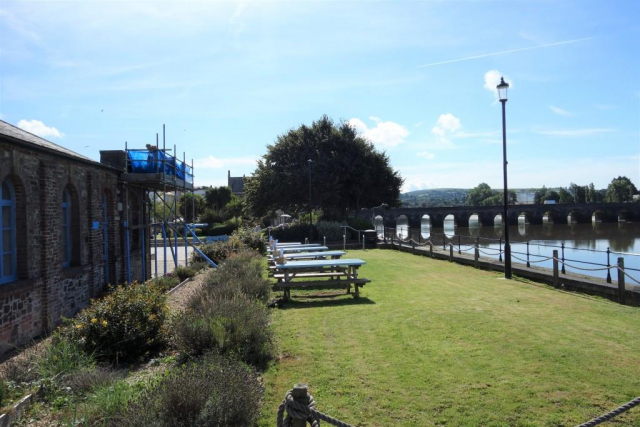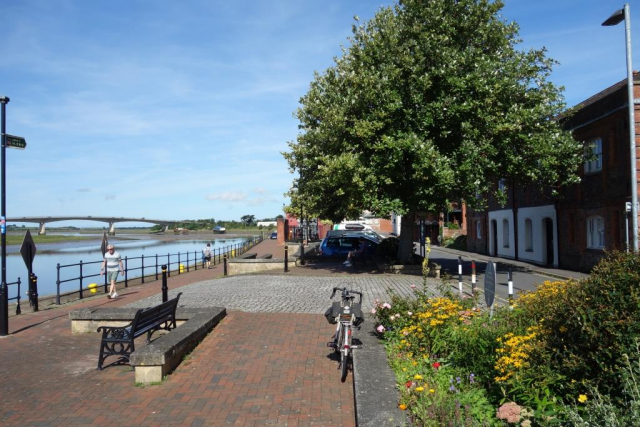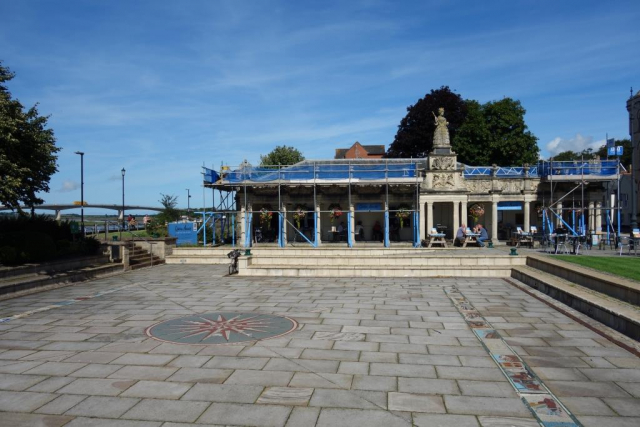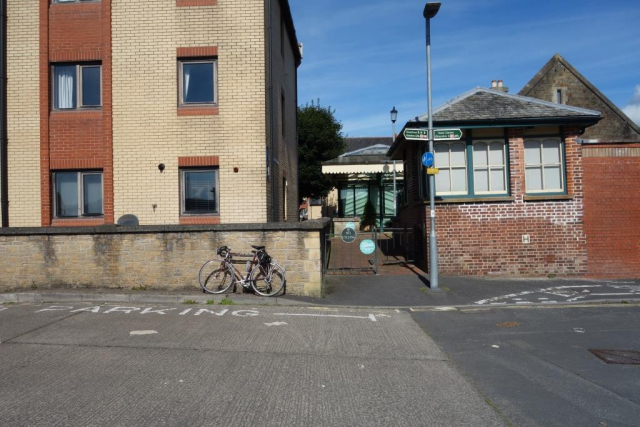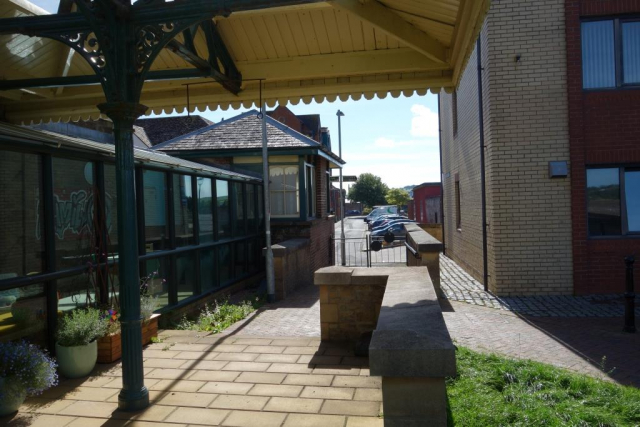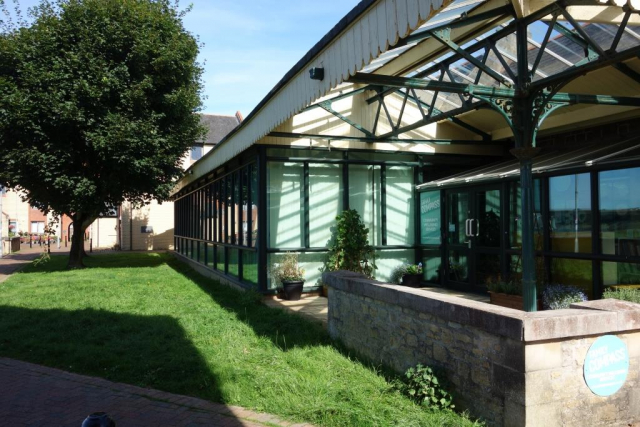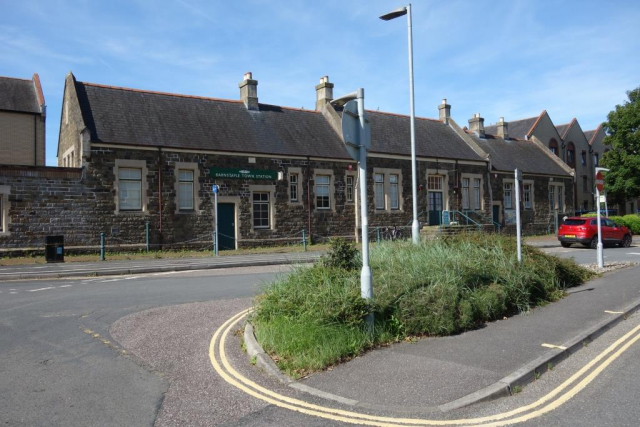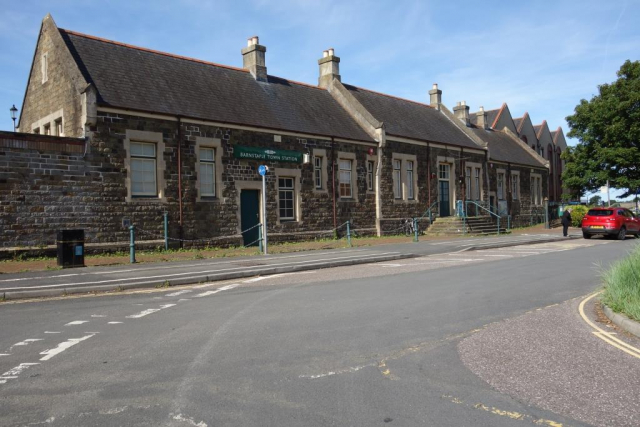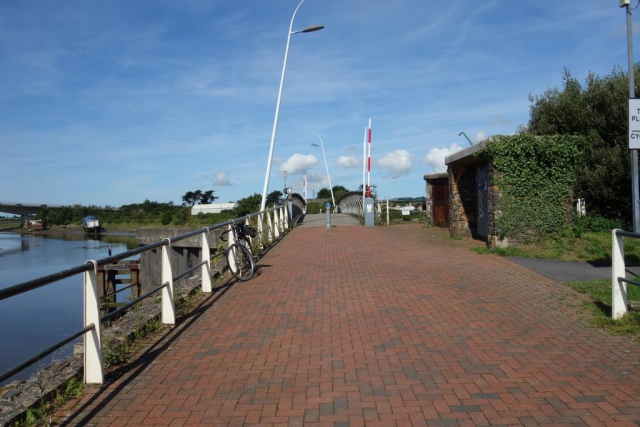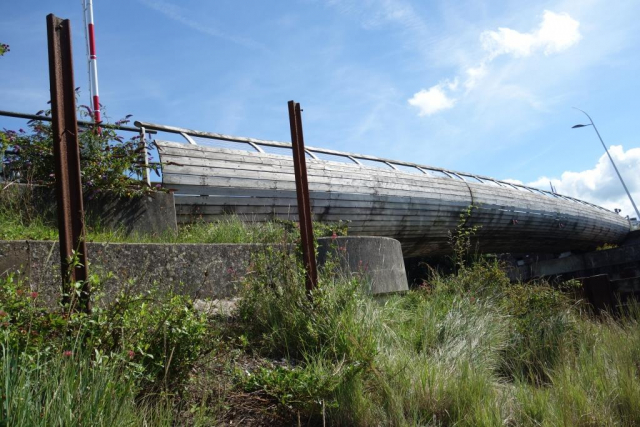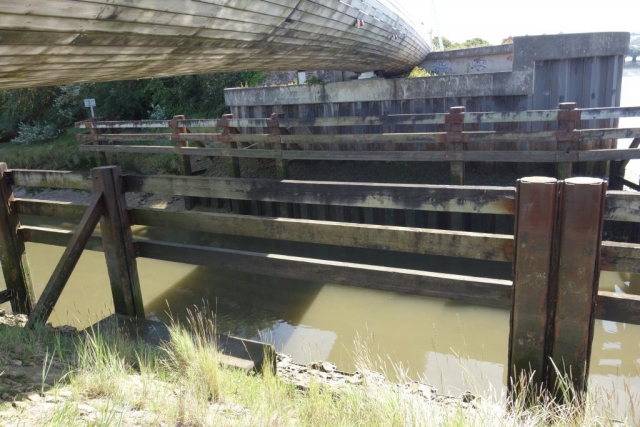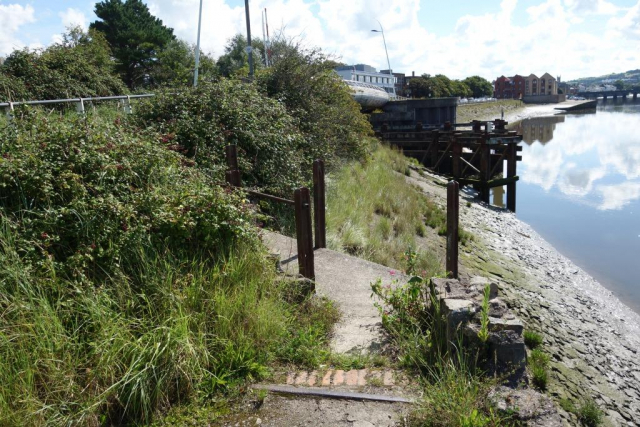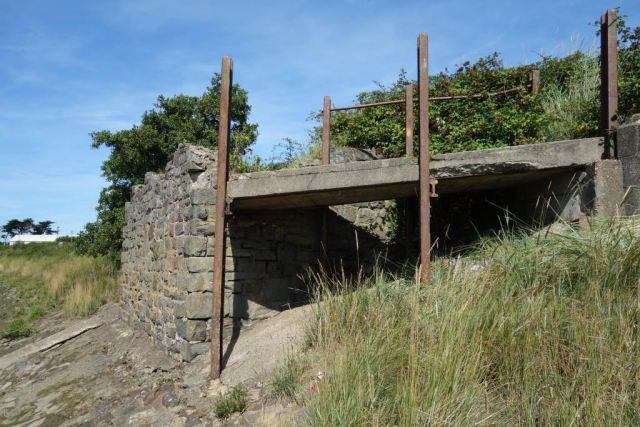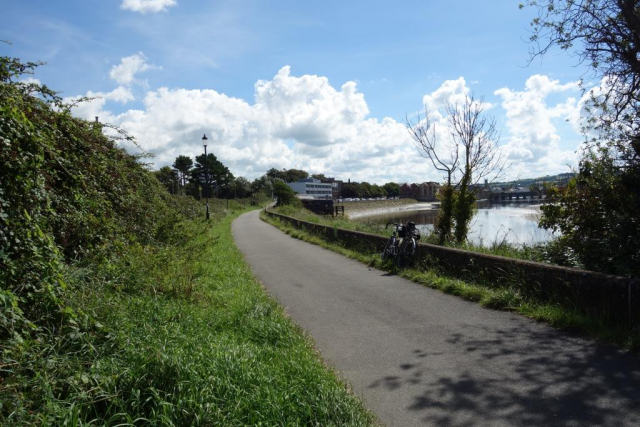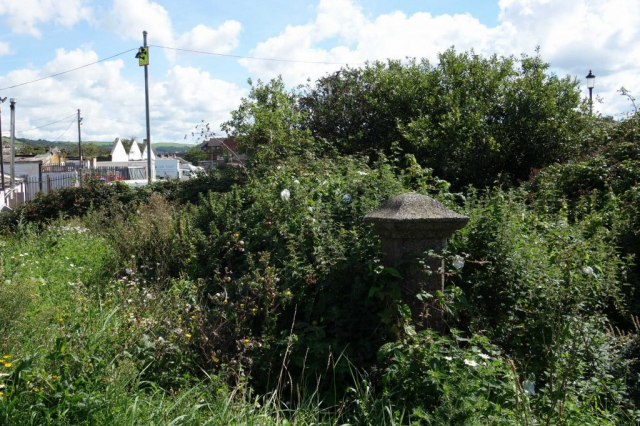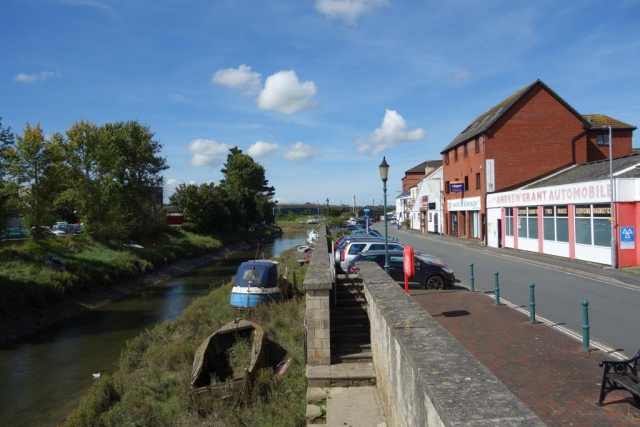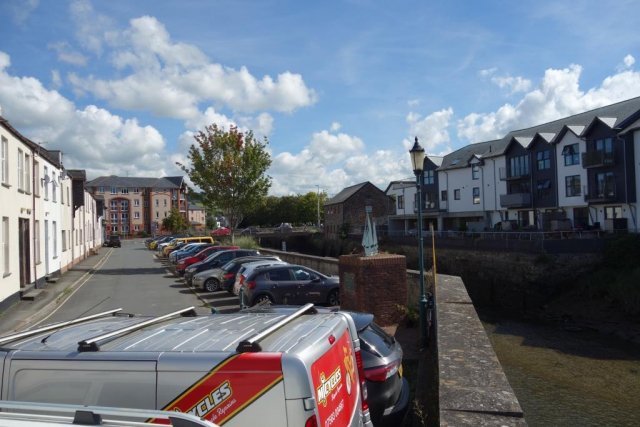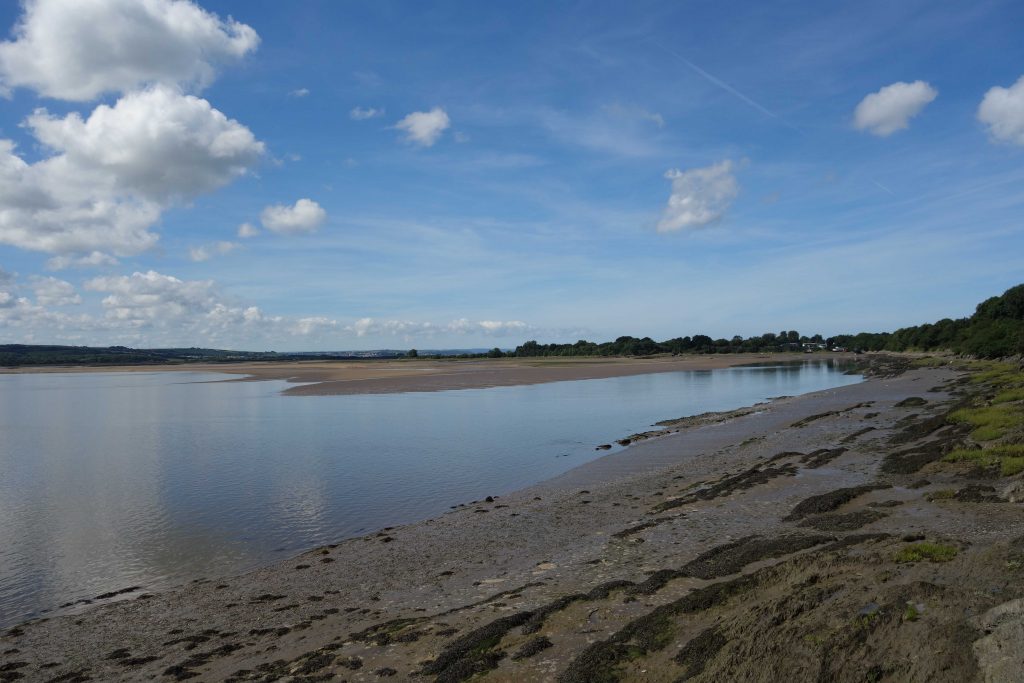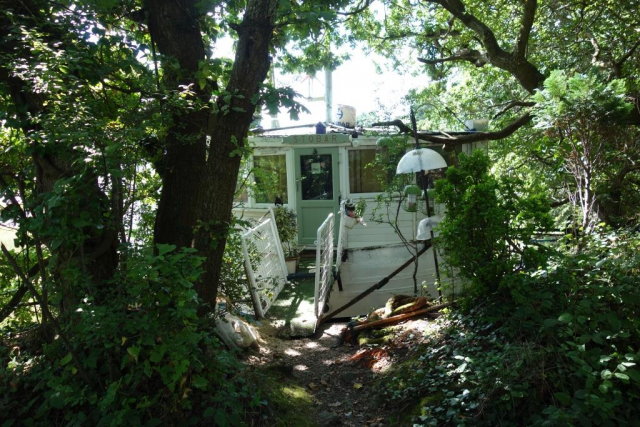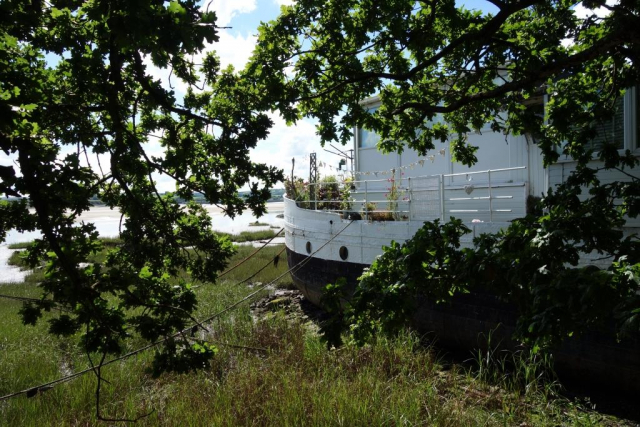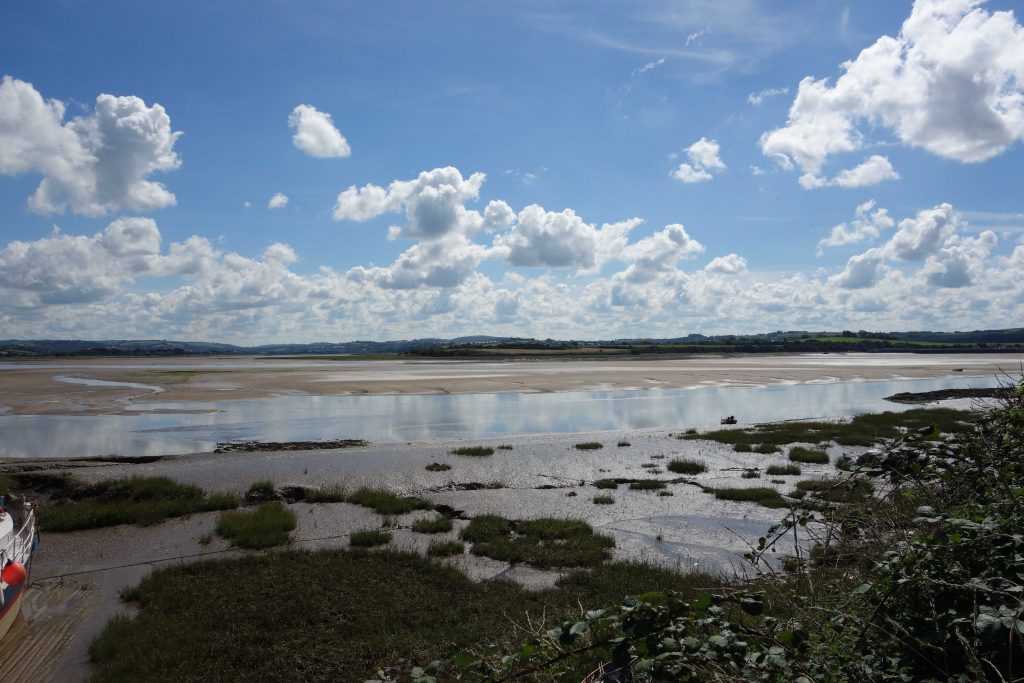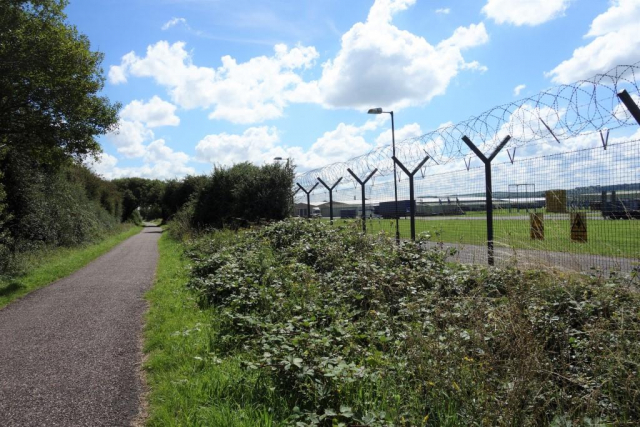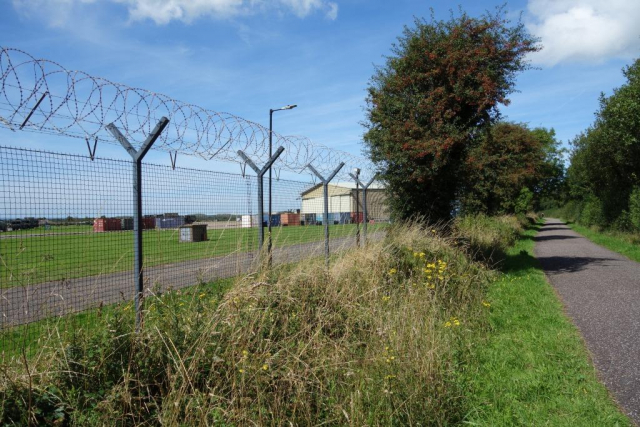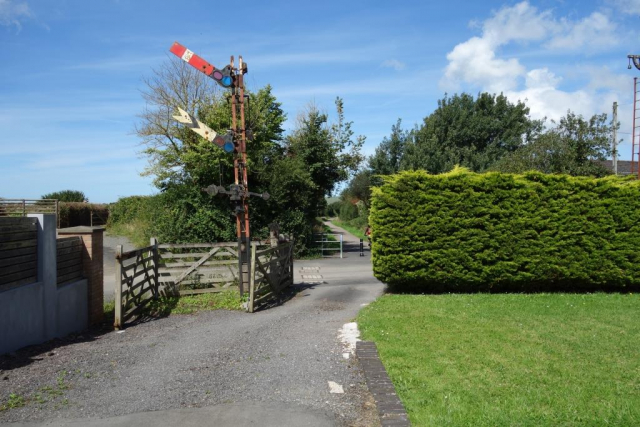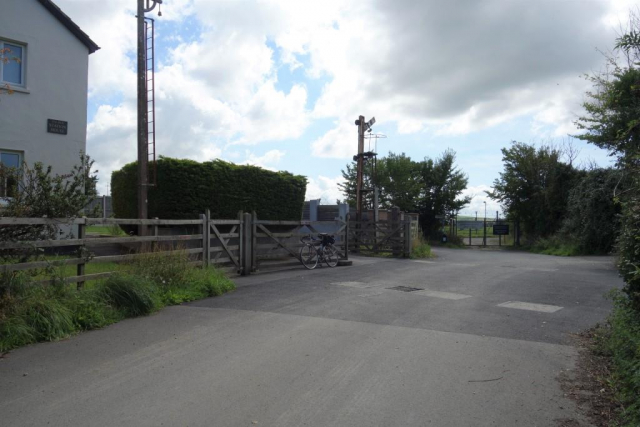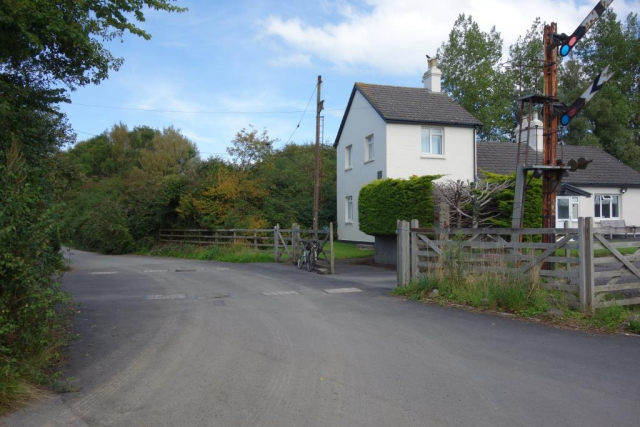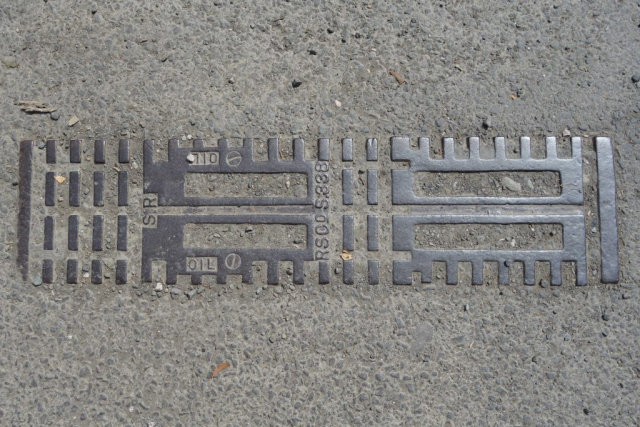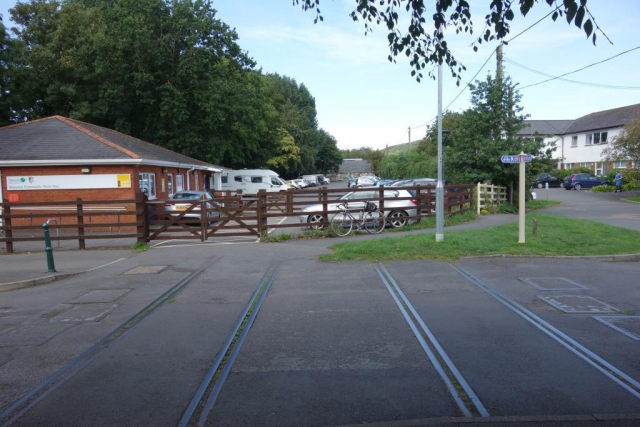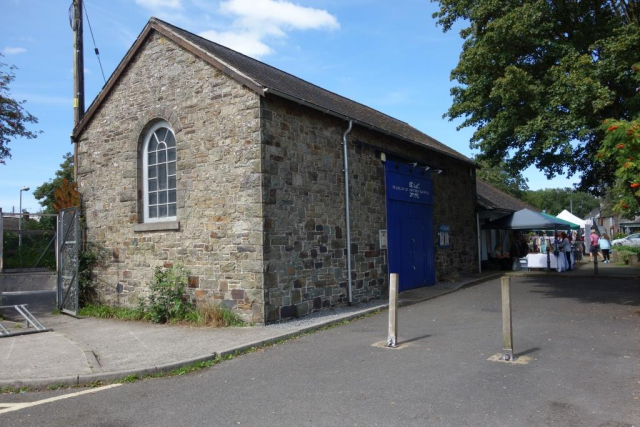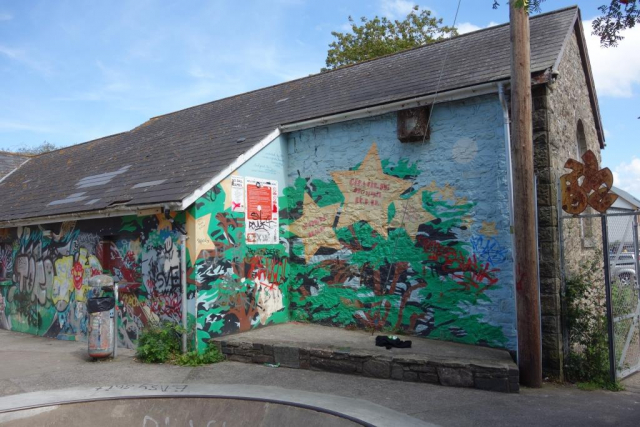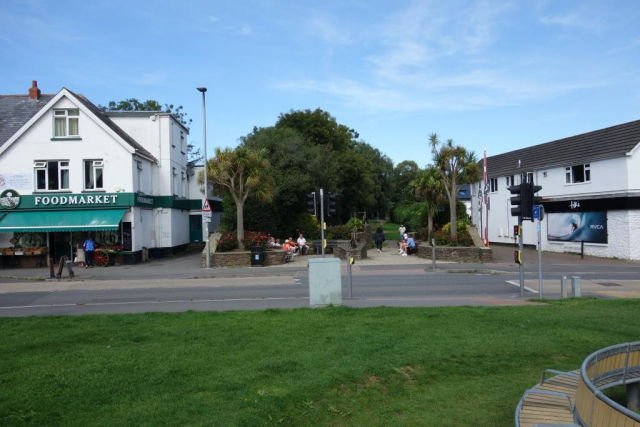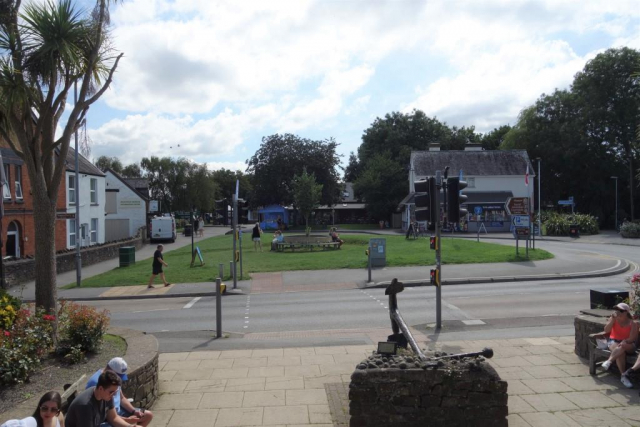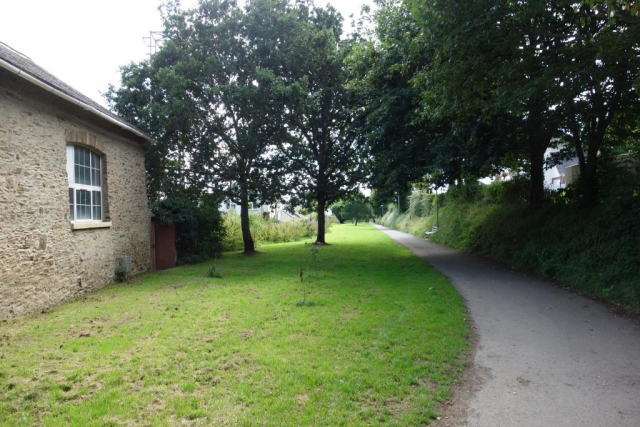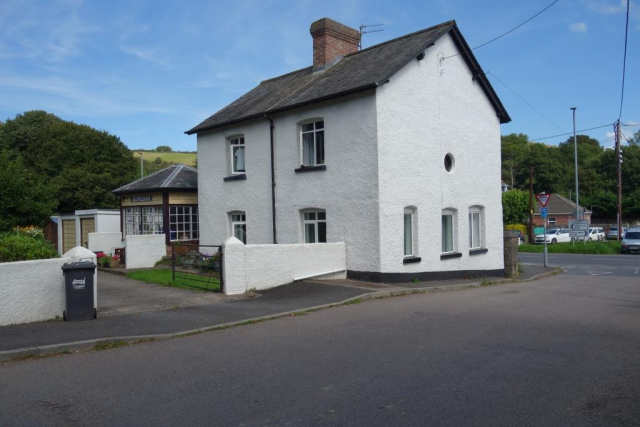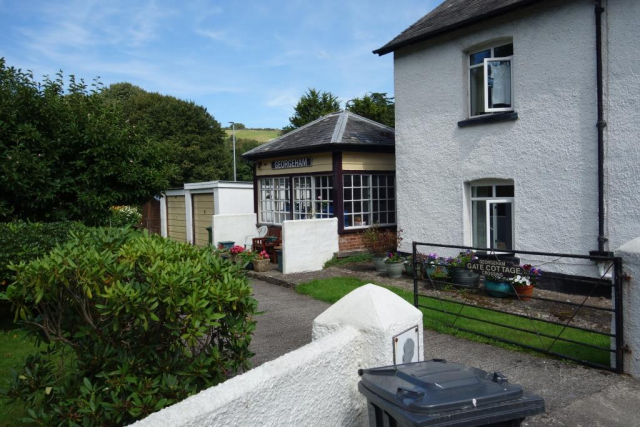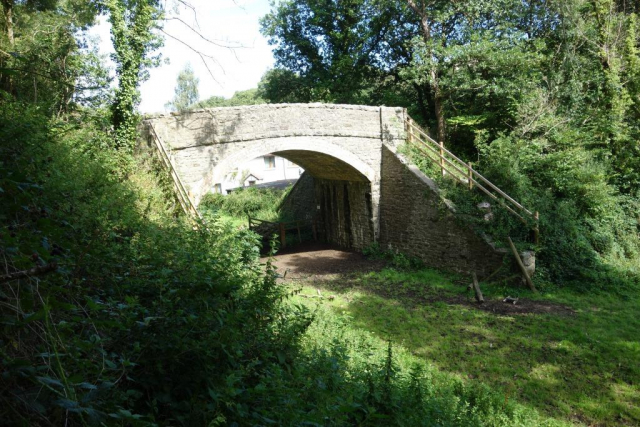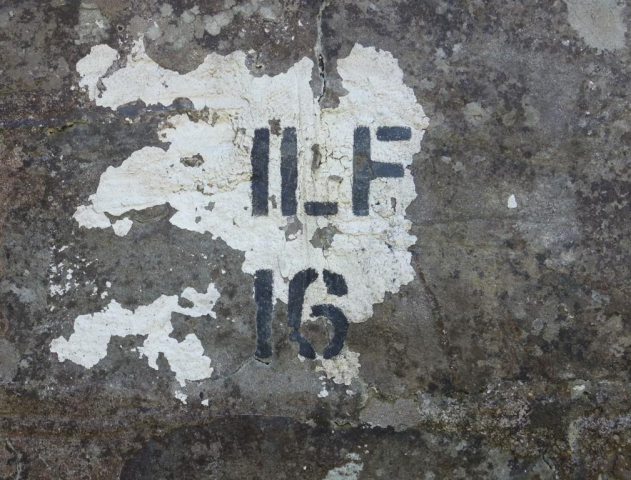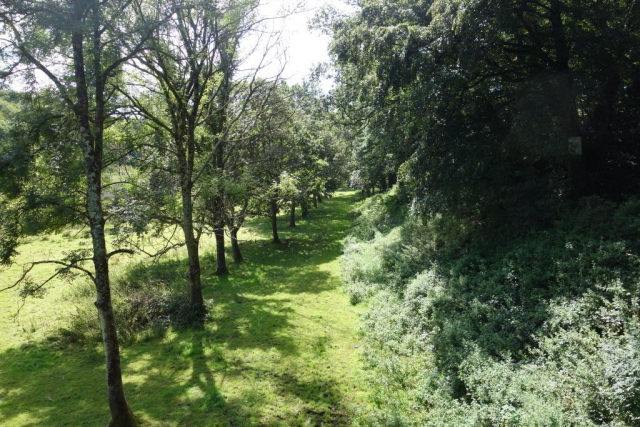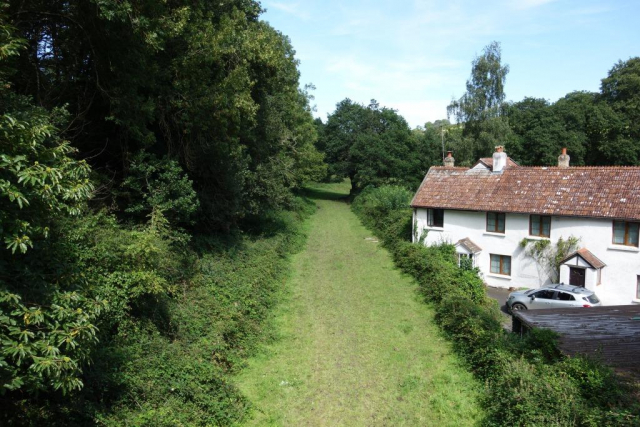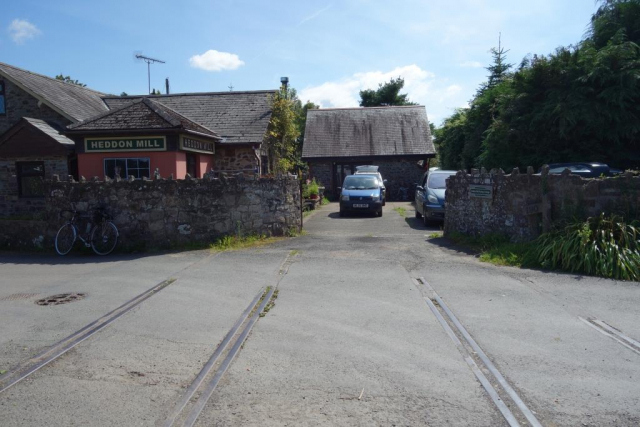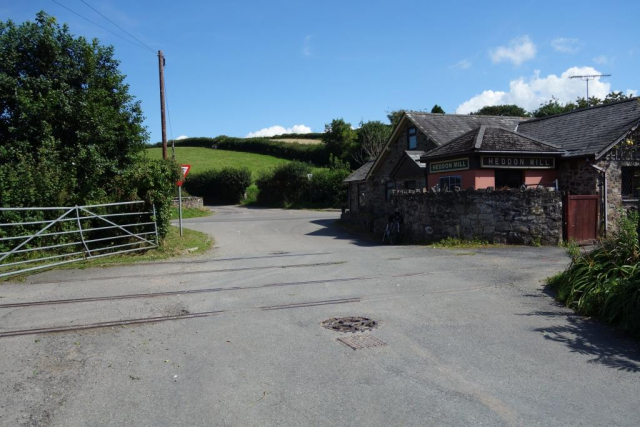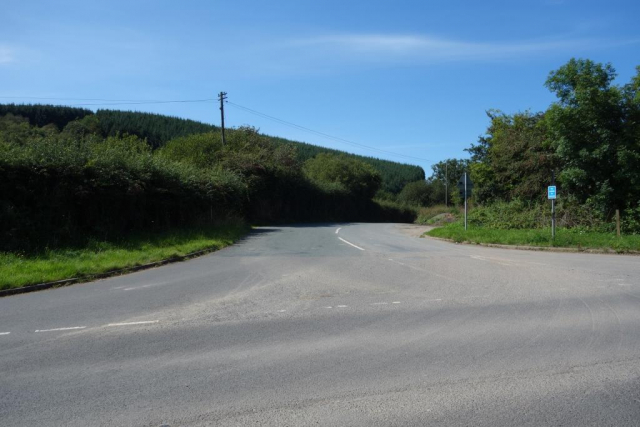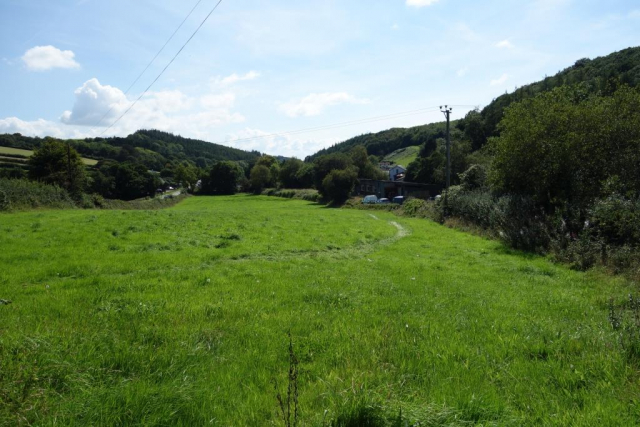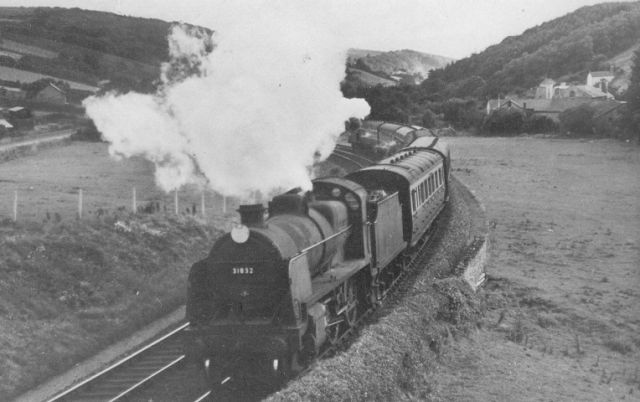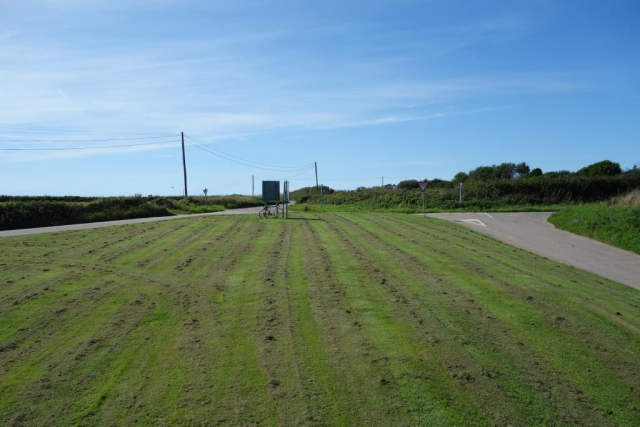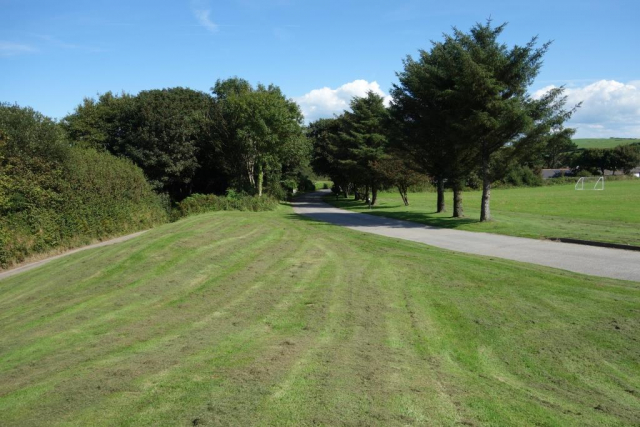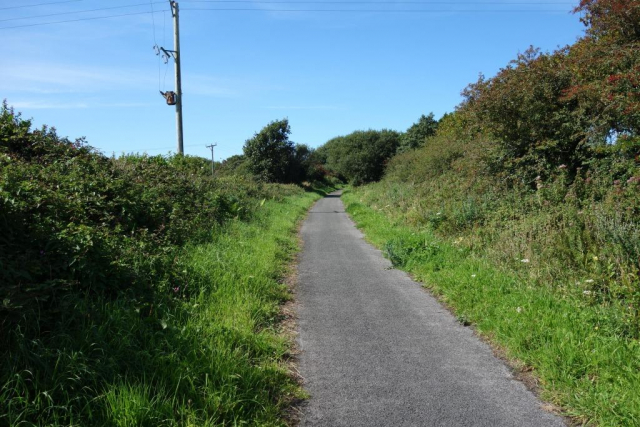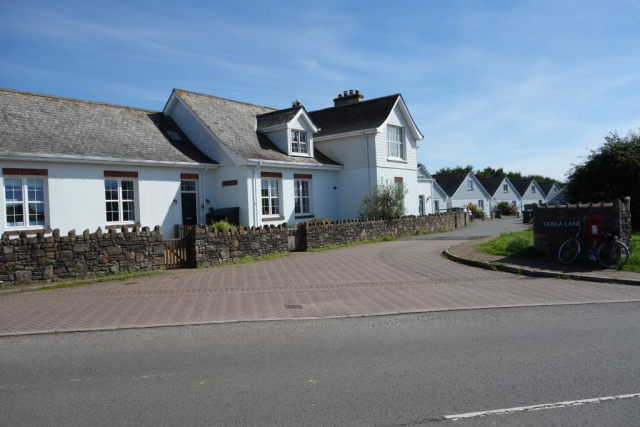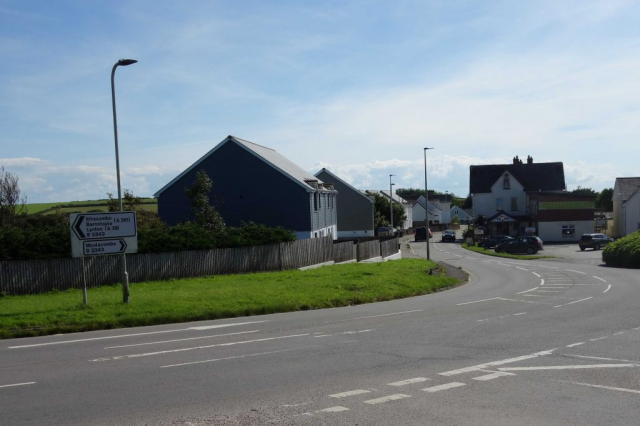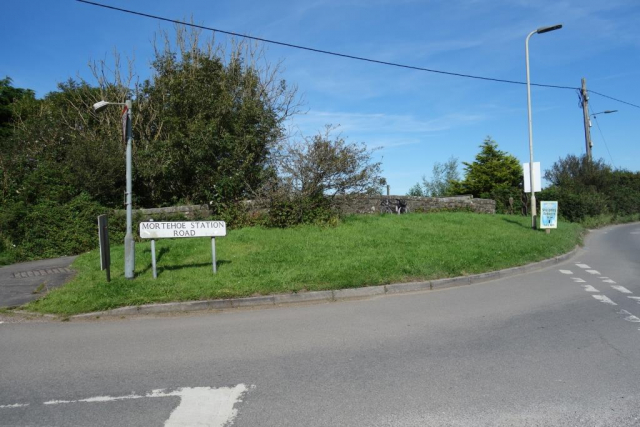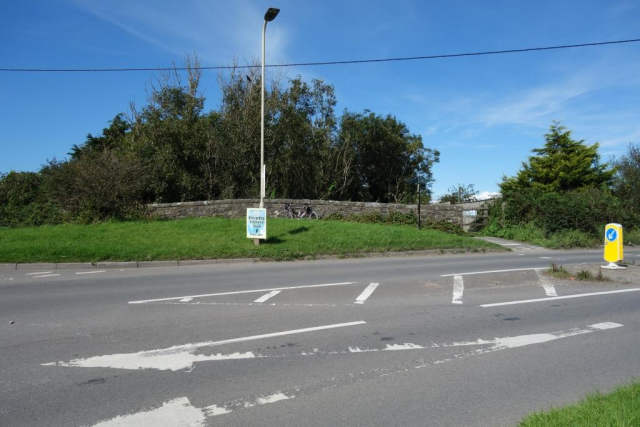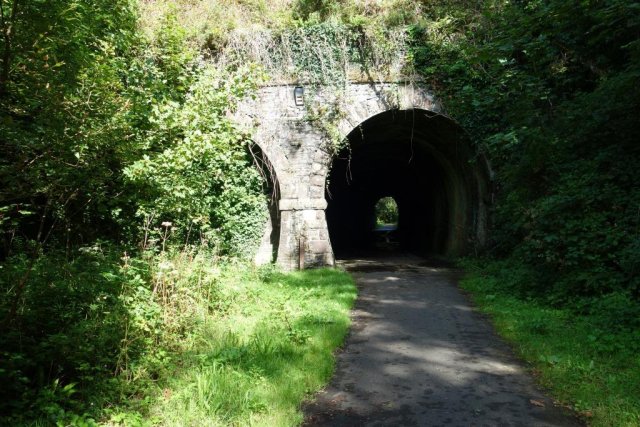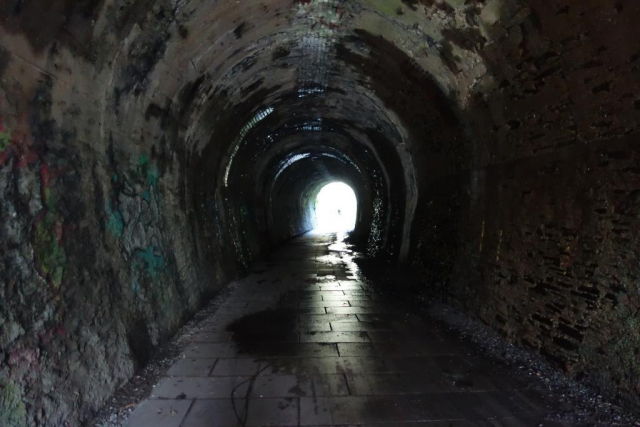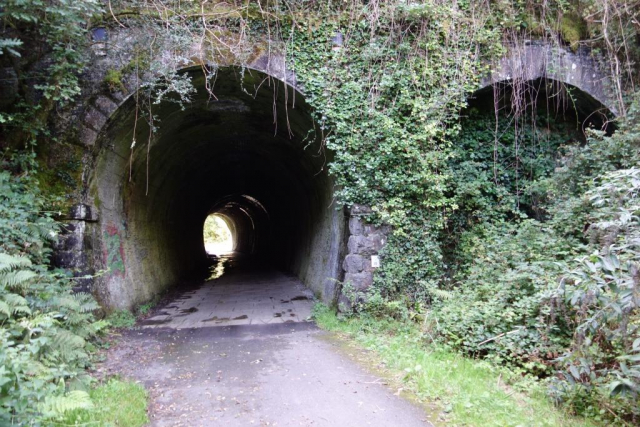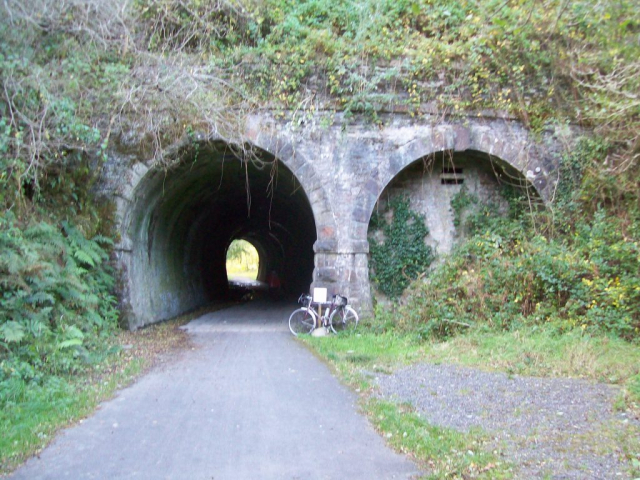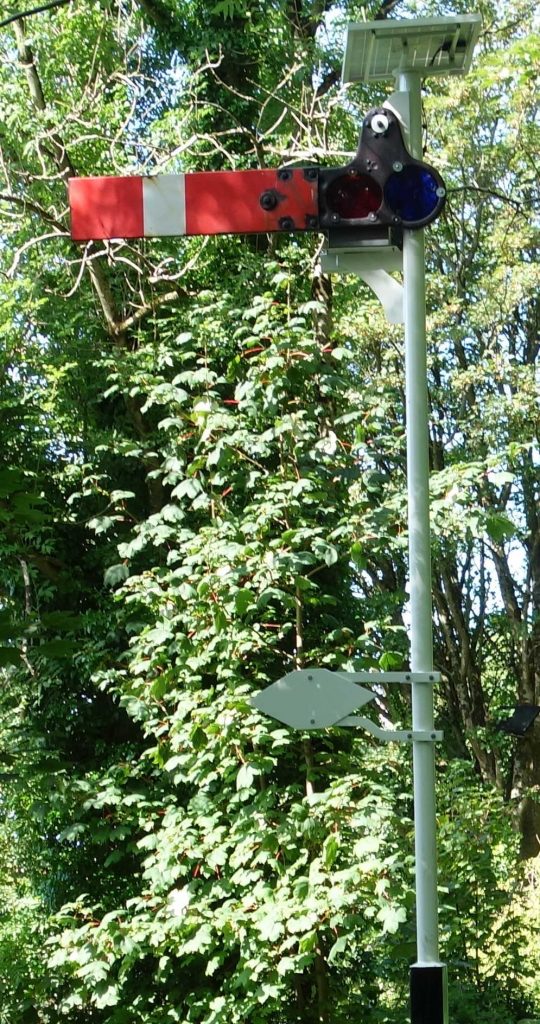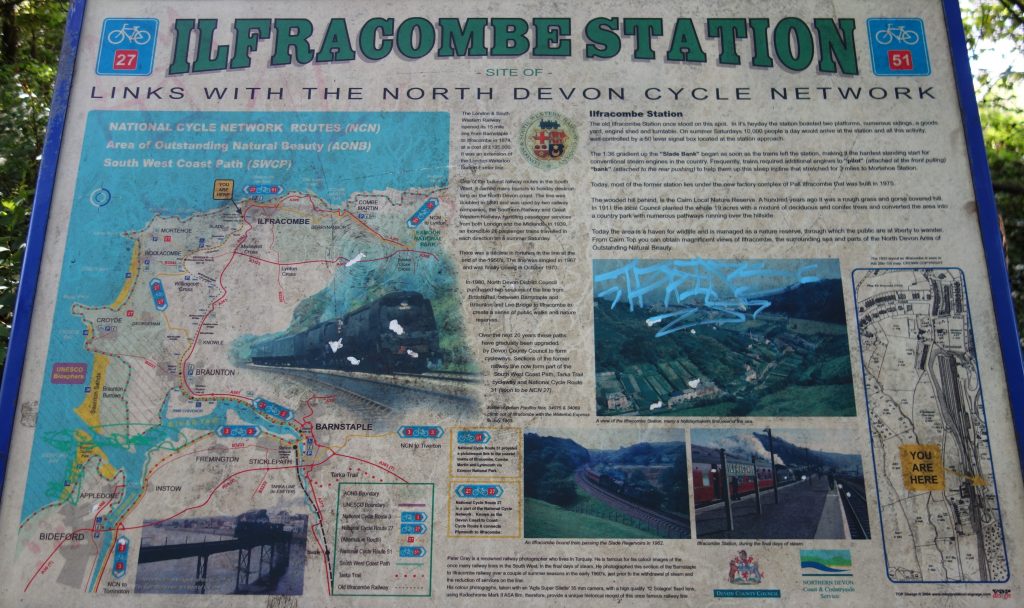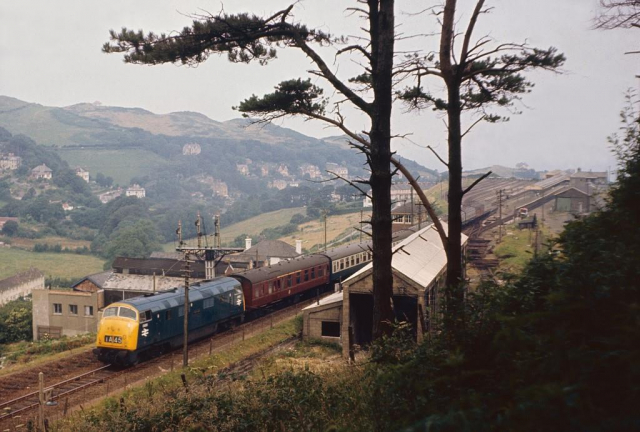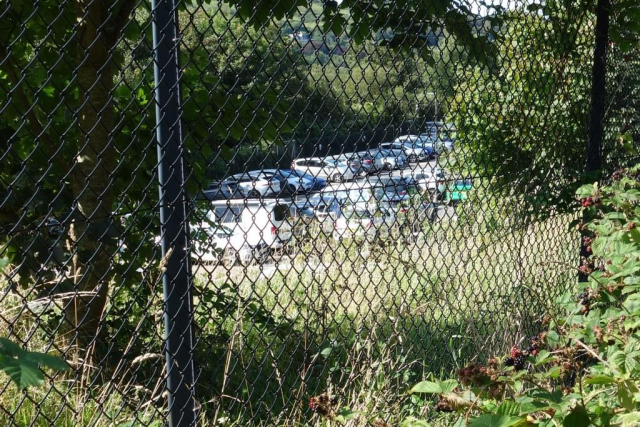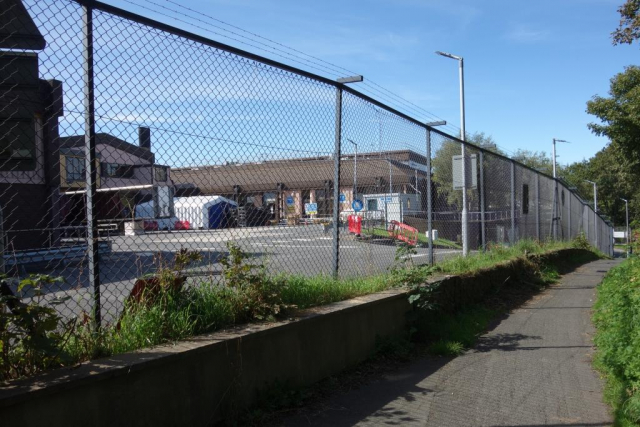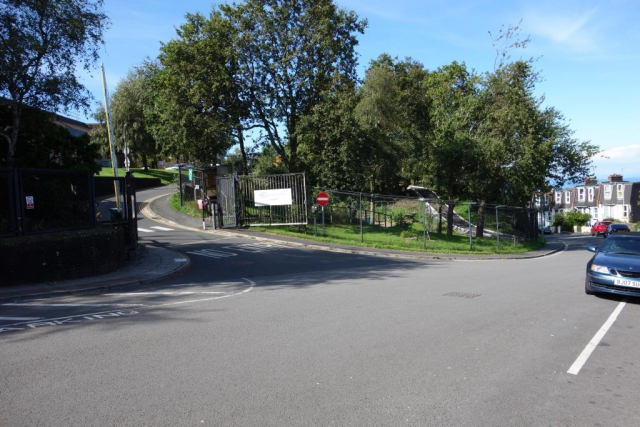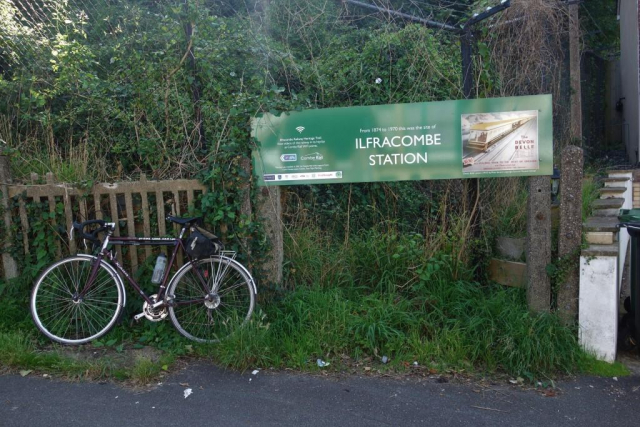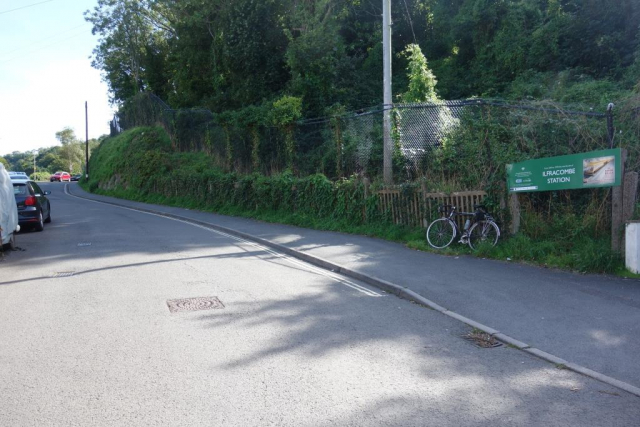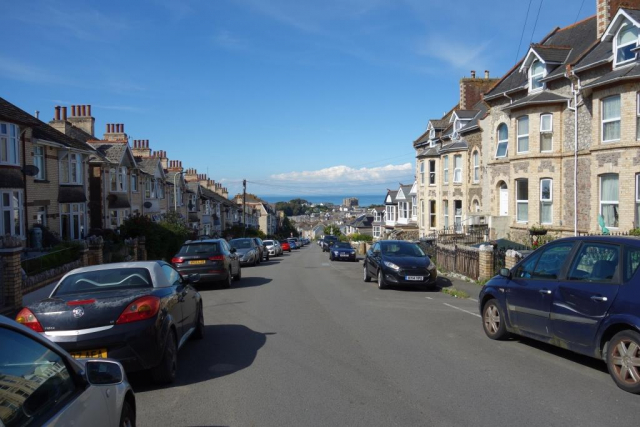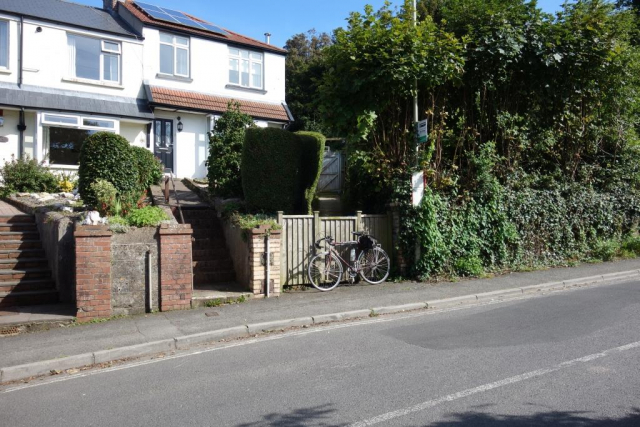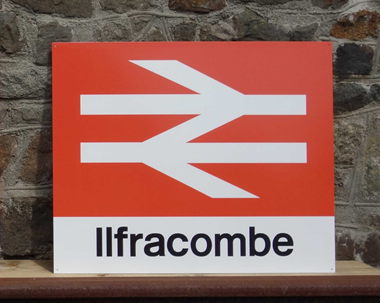The scout was going to combine this refresher with a return visit to Fullabrook Down’s “wind farm,” but it was a calm day and he wanted to see the turbines at work so he decided to devote himself to the railway. As it turned out, he was heavily delayed at Wrafton and had no time for a detour.
Barnstaple Junction
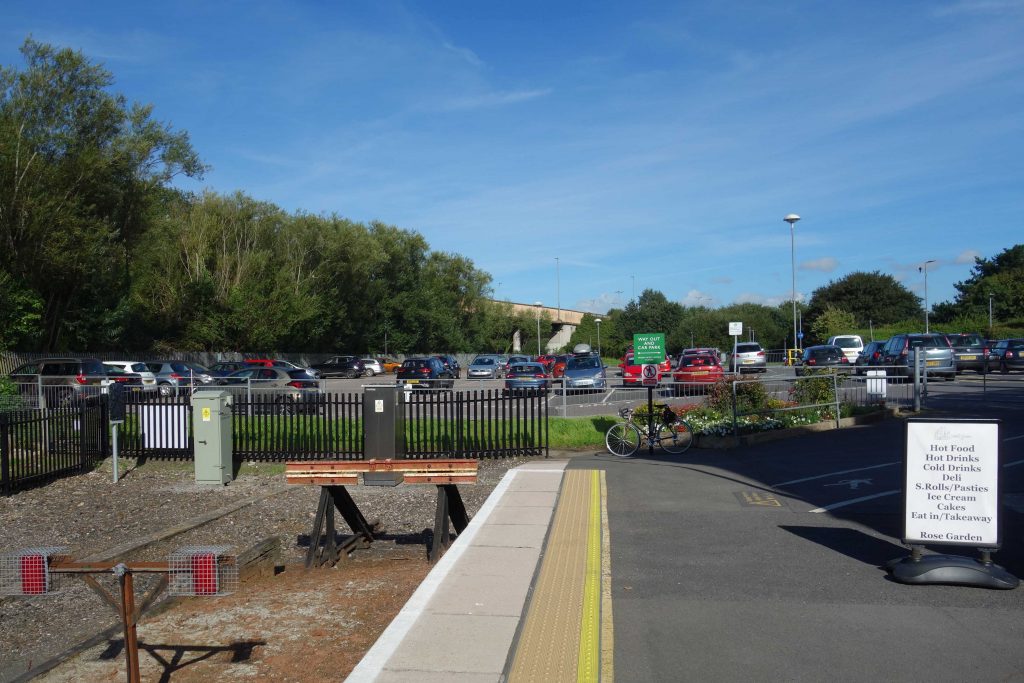
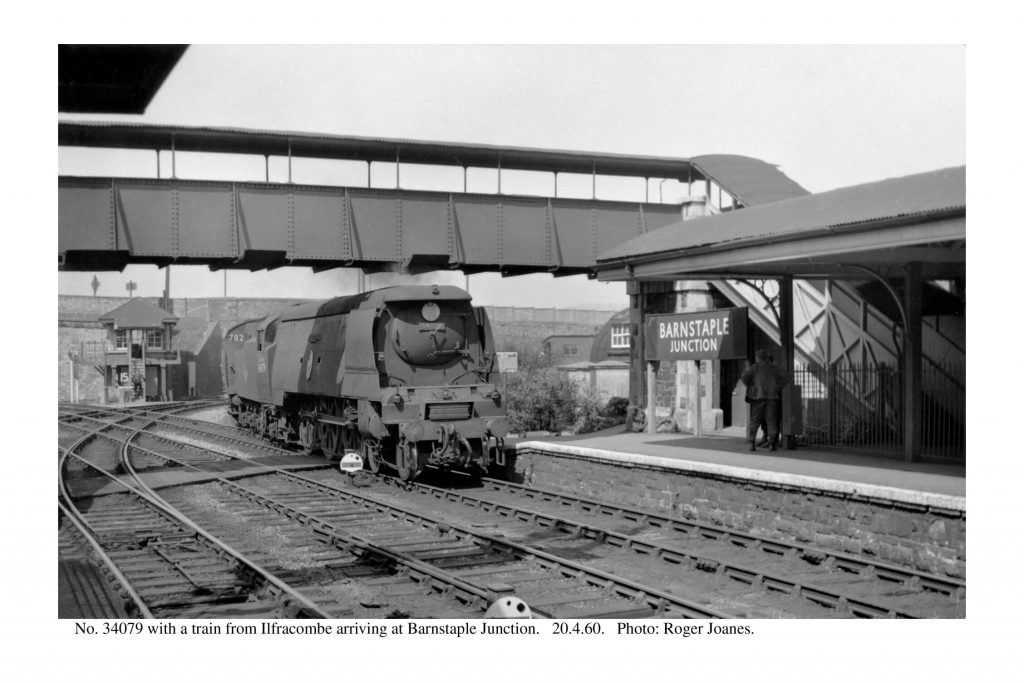
Copyright: Roger Joanes. Shared under Creative Commons. +
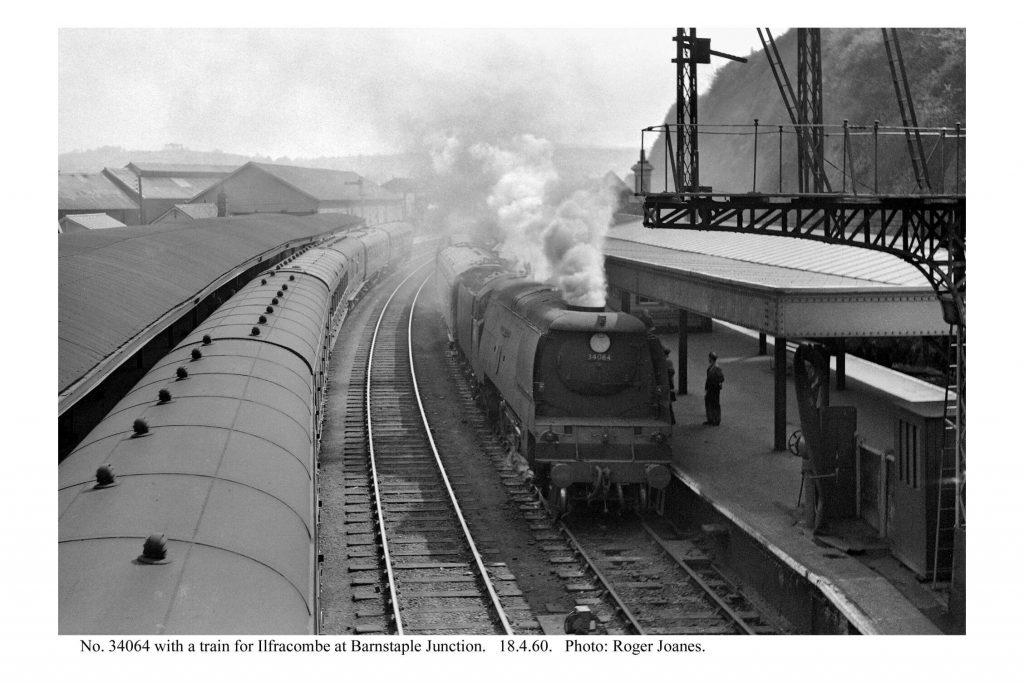
Copyright: Roger Joanes. Shared under Creative Commons. +
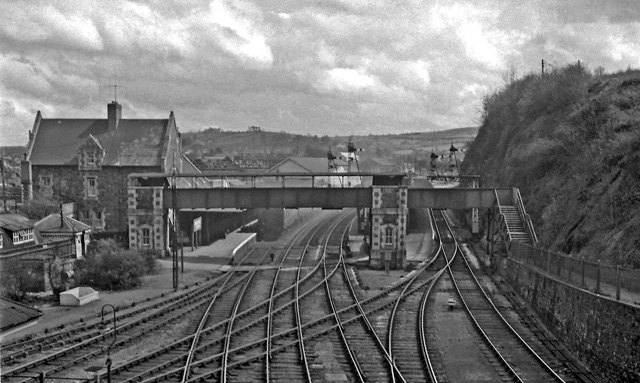
Copyright: Ben Brooksbank. Shared under Creative Commons.
Shapland & Petter later had a siding connected to the Torrington line, which also served a concrete works.
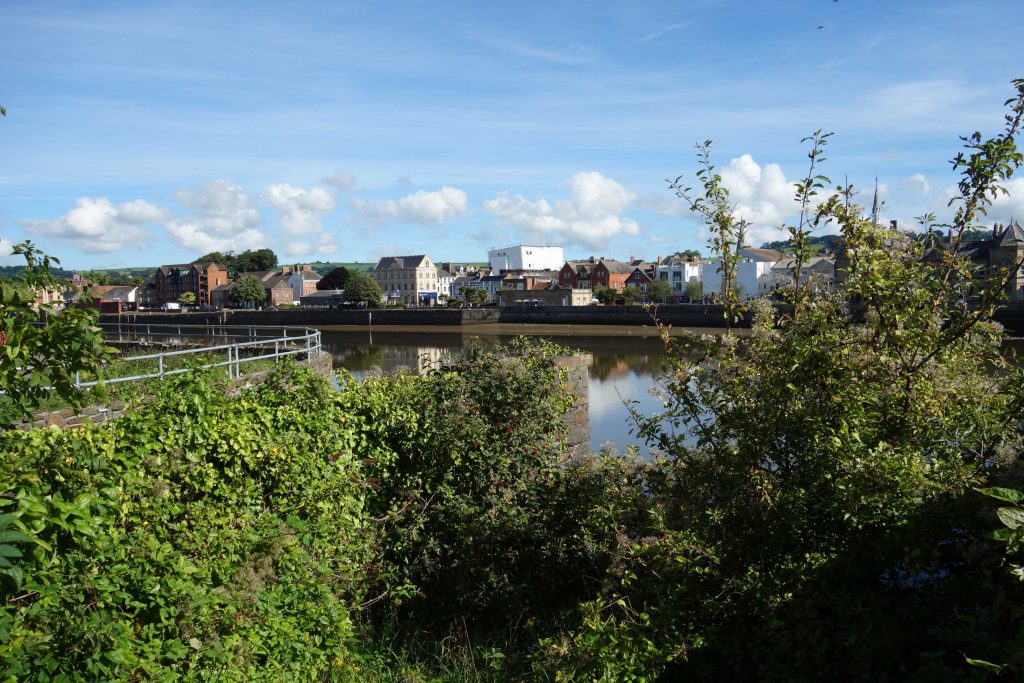
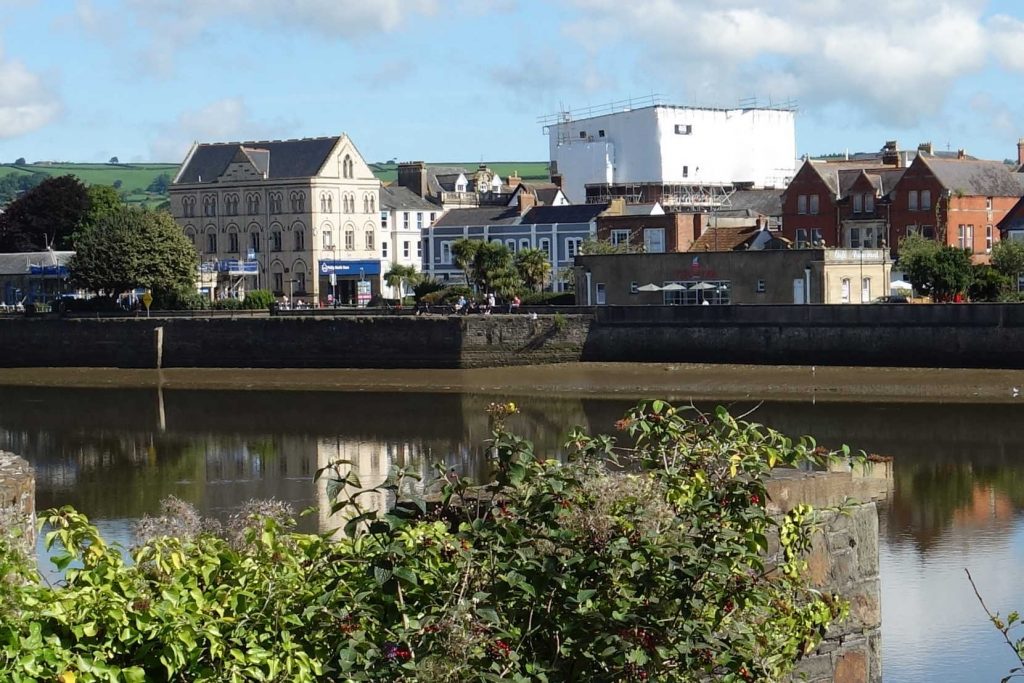
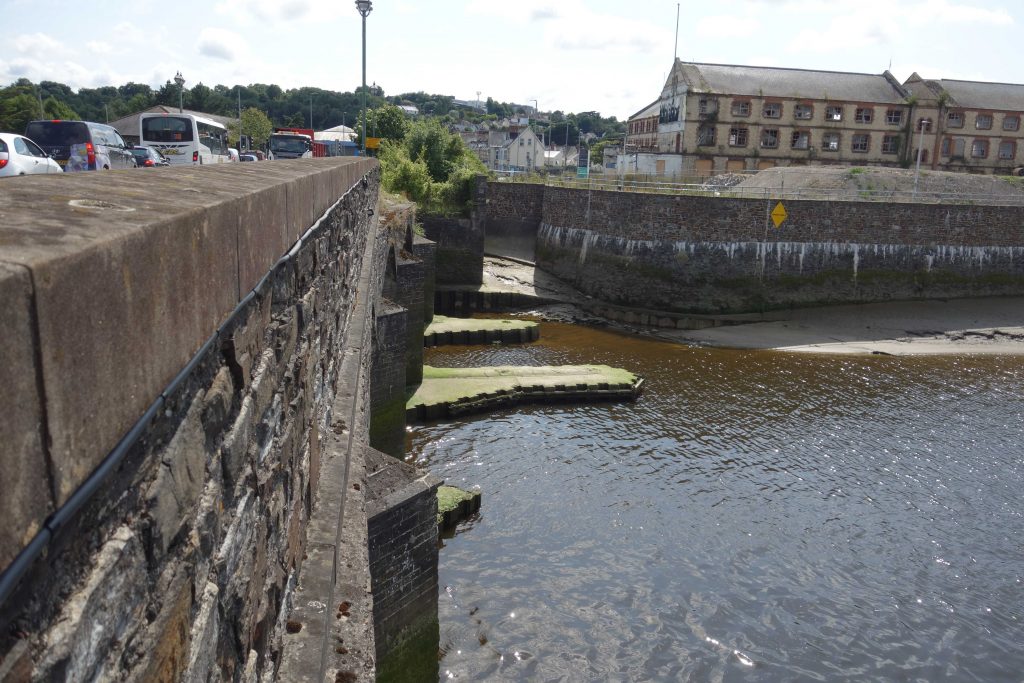
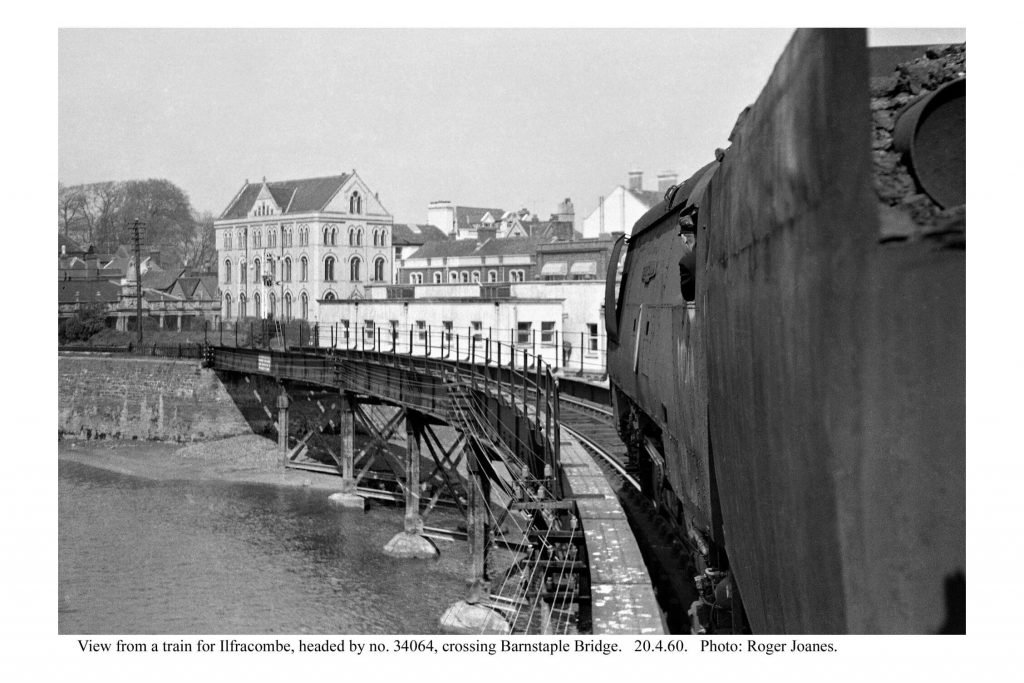
Some extraordinary footage, shot as if from a trolley, but actually from a locomotive, shows all the detail of the short run across the river bridge and through Town Station: Shapland & Petter’s Siding; the original Town Station; Commercial Road gates; the later Town Station; the swing bridge; Rolle’s Quay Siding; and the commencement of the double line. Four signal boxes are seen, including the Lynton & Barnstaple’s. For some reason, the train is twice green-flagged.
Barnstaple Town
In 1971 or ‘72, the cub scout came by train to Barnstaple with his Father and stayed at The Imperial on Taw Vale Parade. It was then a Trust House; the booking had been made at the Great Western at St. David’s, another hotel in the group. Father and son stayed for two or three nights while they toured North Devon by bus.
The train service to Ilfracombe had been withdrawn in 1970 and the line and stations left to decay. An attempt was made at “preservation” and the scout vaguely remembers entering a shop on The Strand, a newsagent perhaps, where the owner told the scout’s Dad about the organization and certain financial irregularities that had afflicted it.
Town Station was ungated and the scout stood on the platform with his Dad, who said that he remembered seeing the “toy train” waiting at its terminus, either when he got off there or from a carriage window. He had never been a passenger and the scout failed to ask why this was. Why had his Father not ridden the line, if only for the pleasure of it? The scout has thought about it since then. His Father was at the time a locum G.P. He was allowed a First Class return fare from Paddington to reach the practices he was to relieve. In the case of places on Exmoor which might have been reached by an L. & B. train, even those with a station, it is likely that the resident doctor came by car to collect the locum. In other words, there was never any need for him to catch the “toy train.”
It seems impossible to believe now, but the scout recalls entering the unlocked booking hall from the platform and seeing a large display, perhaps of Southern destinations, against the right hand wall.
If the Ilfracombe line really had to close—no one at Christow would ever accept this—then Town Station, much more convenient to the town centre and the then bus station, should have become the terminus of the North Devon. If there is ever a serious campaign to reconnect Ilfracombe, part of the case would have to be that the line would provide a better station for Barnstaple.
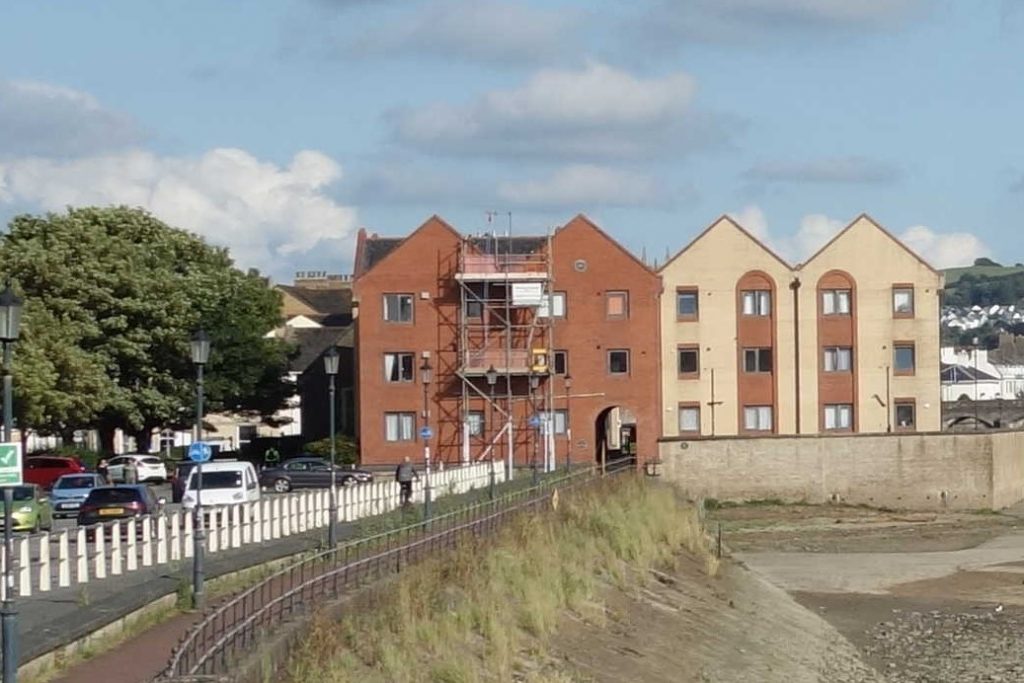
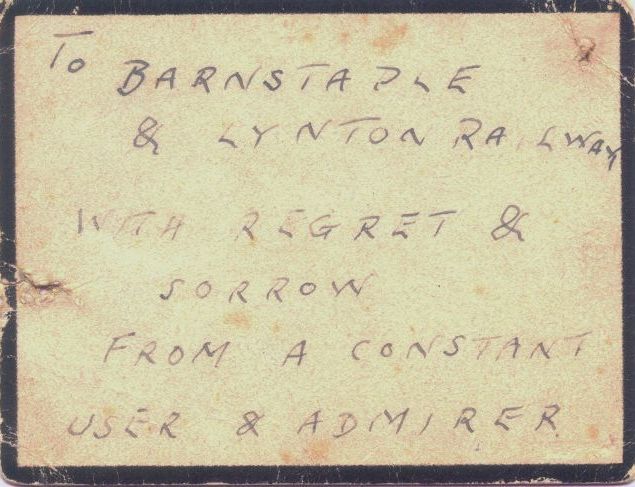
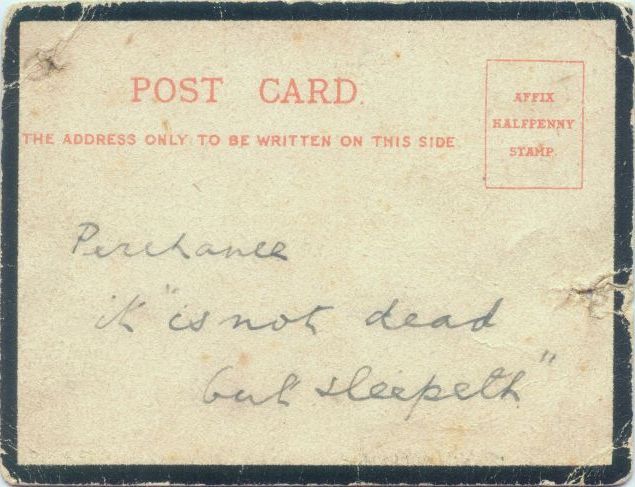
This must be the stimulus for a Lynton & Barnstaple refresher.
The scout and his Dad walked along the line to the swing bridge over the Barnstaple Yeo. This was demolished after the line was closed and for many years cyclists had to follow a lengthy diversion.
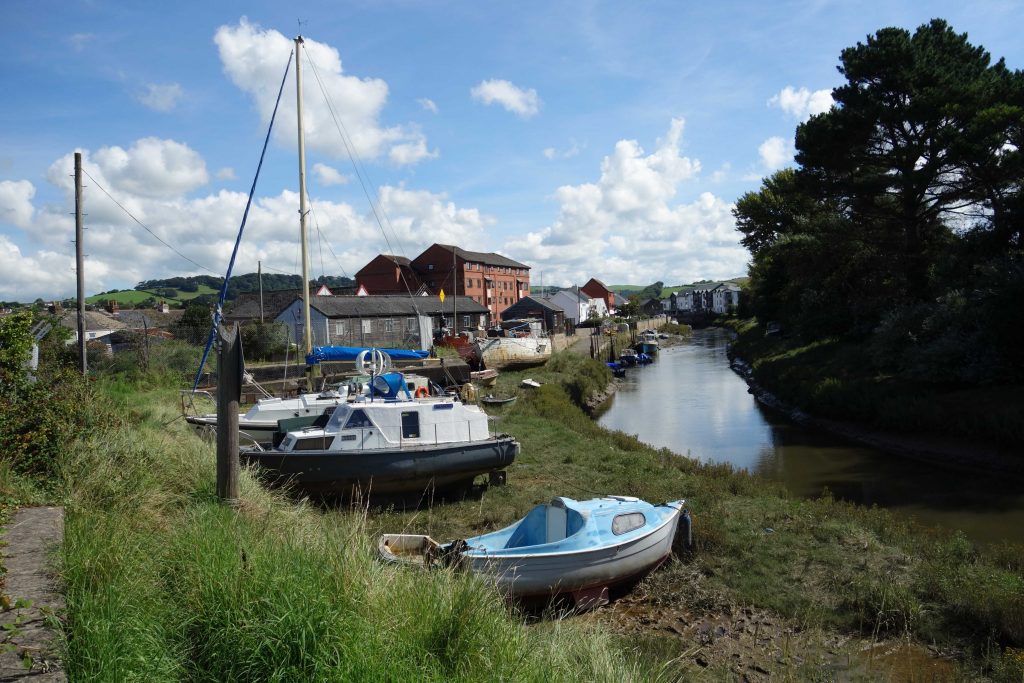
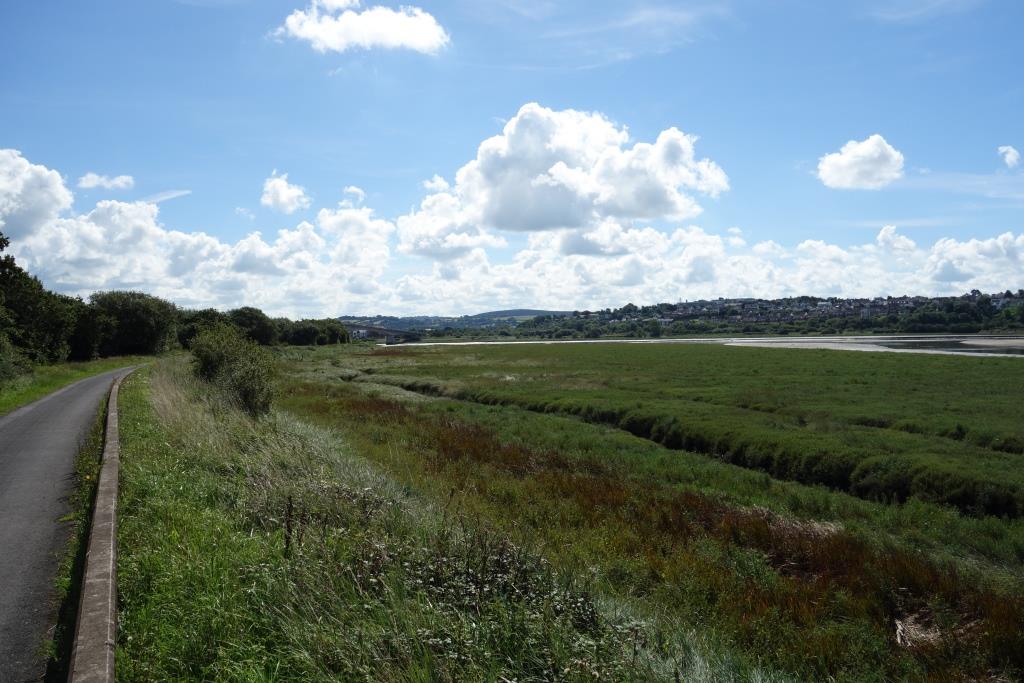
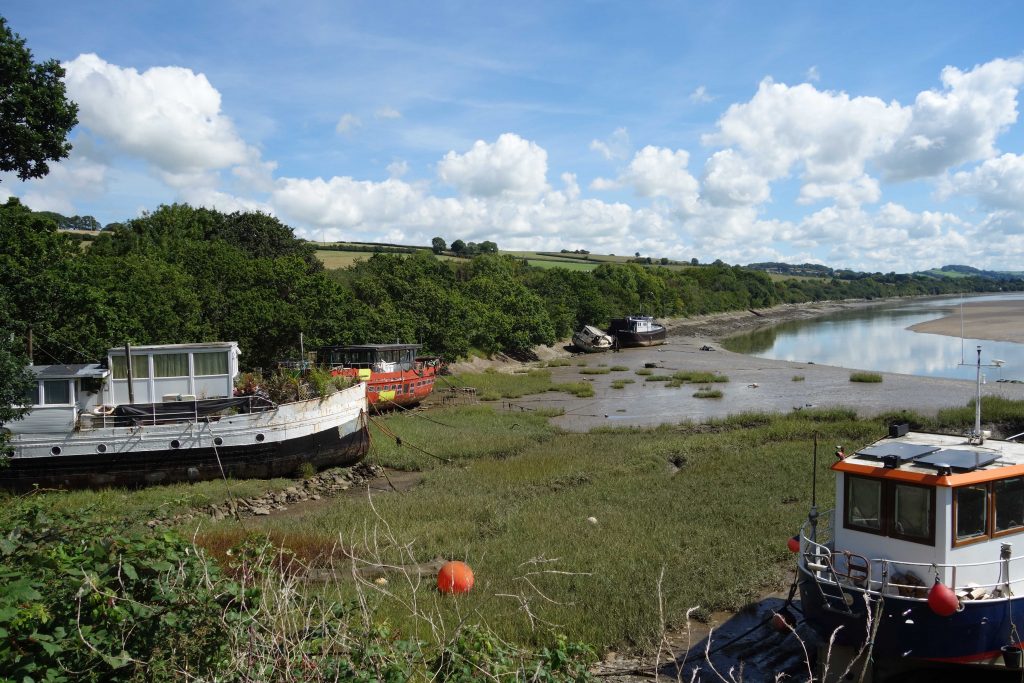
Duckpool Crossing
The Ordnance Survey calls this level crossing Chivenor.
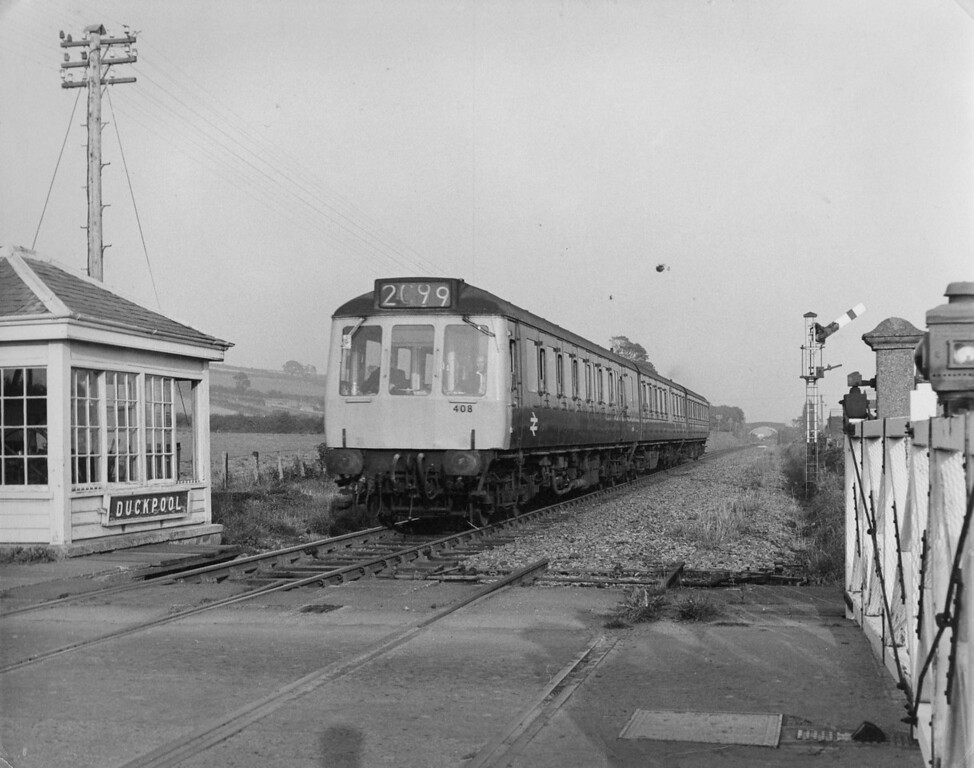
The accommodation bridge in the distance now gives access to a trading estate.
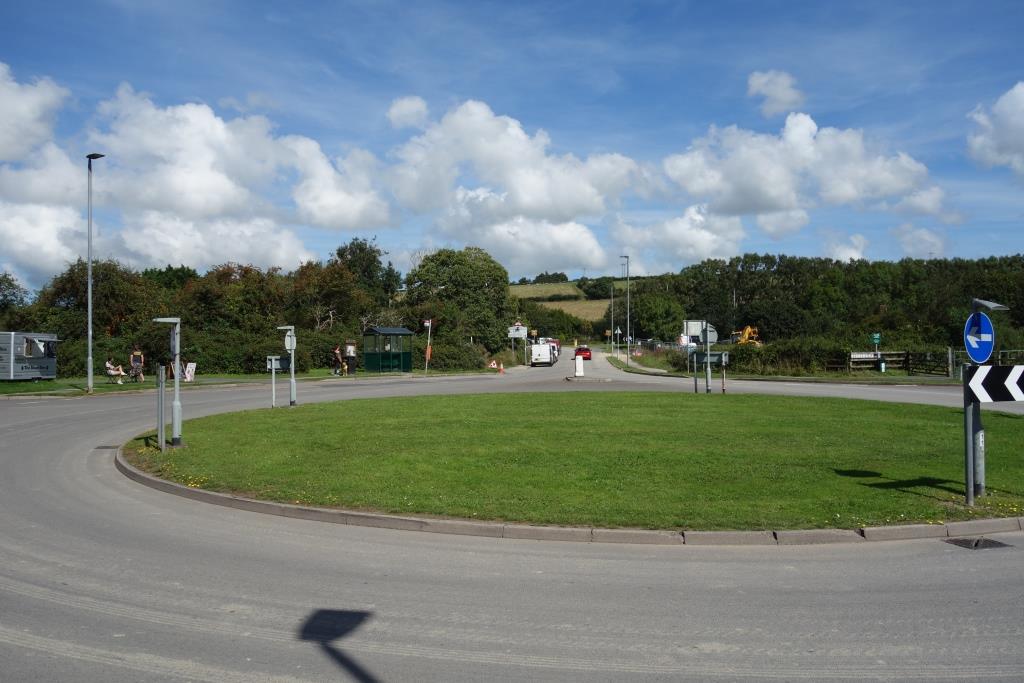
Early in World War II, an airfield was built on land to the left, from where there had been civilian flying. The site is now a Royal Marines’ base.
The Crossing Keeper’s house stood where the bus shelter is today, with the signal cabin on the opposite pavement. +
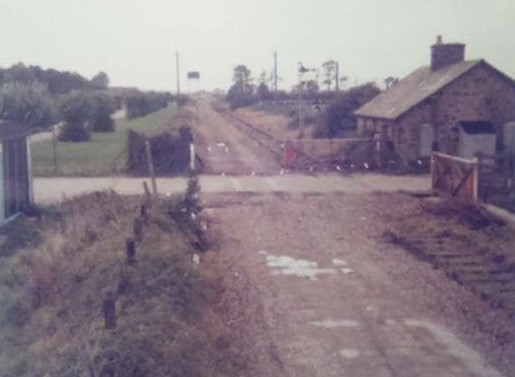
John Burch
Wrafton
Velator Crossing
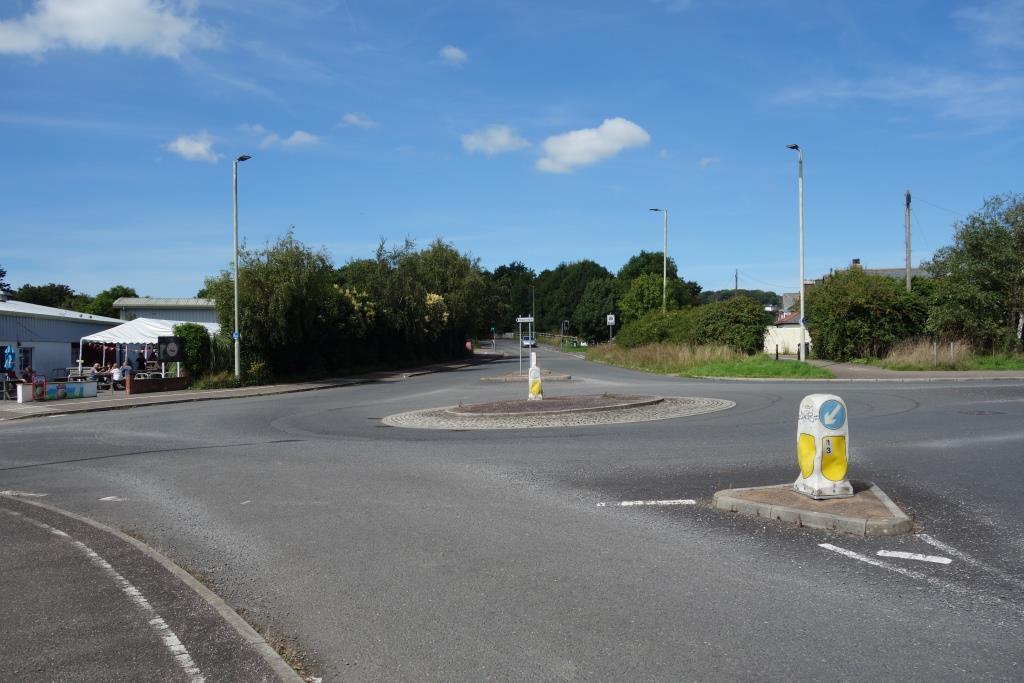
Braunton
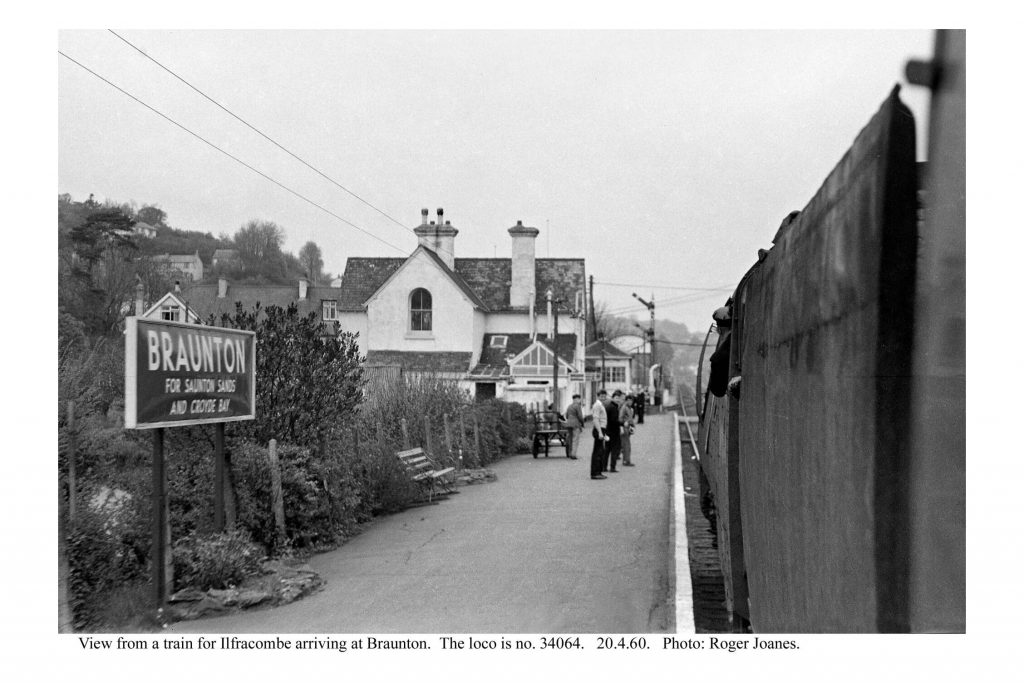
It being now half past two, the scout thought of relaxing and leaving Ilfracombe for another day. But he knew that once he was over the hump it would not take long to get to town, so he continued.
Georgeham Crossing
Stony Bridge Crossing
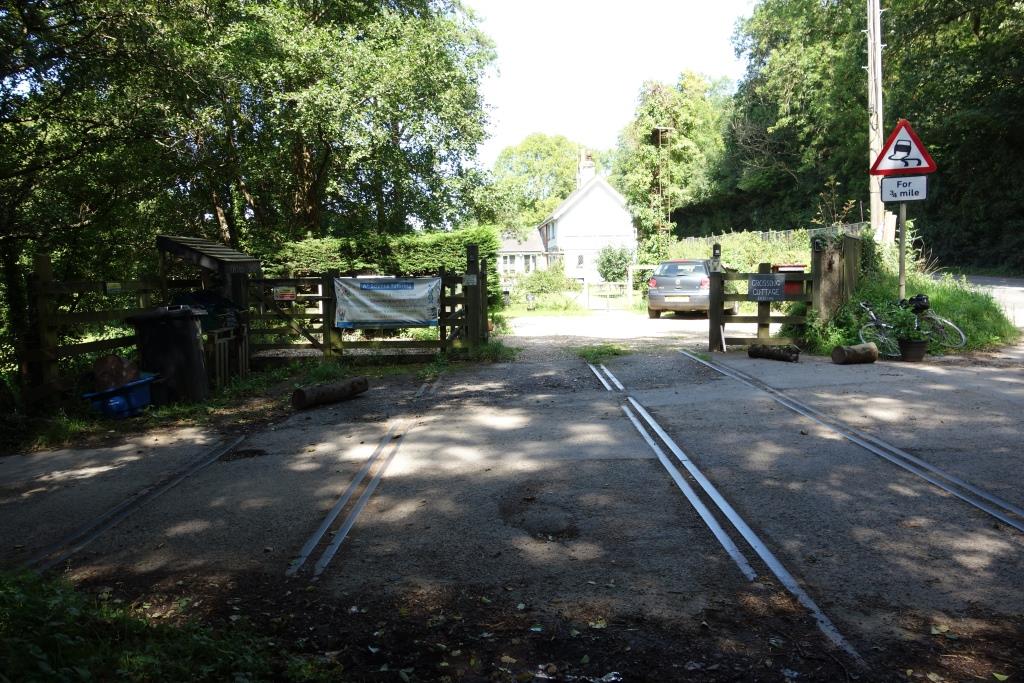
Heddon Mill Crossing
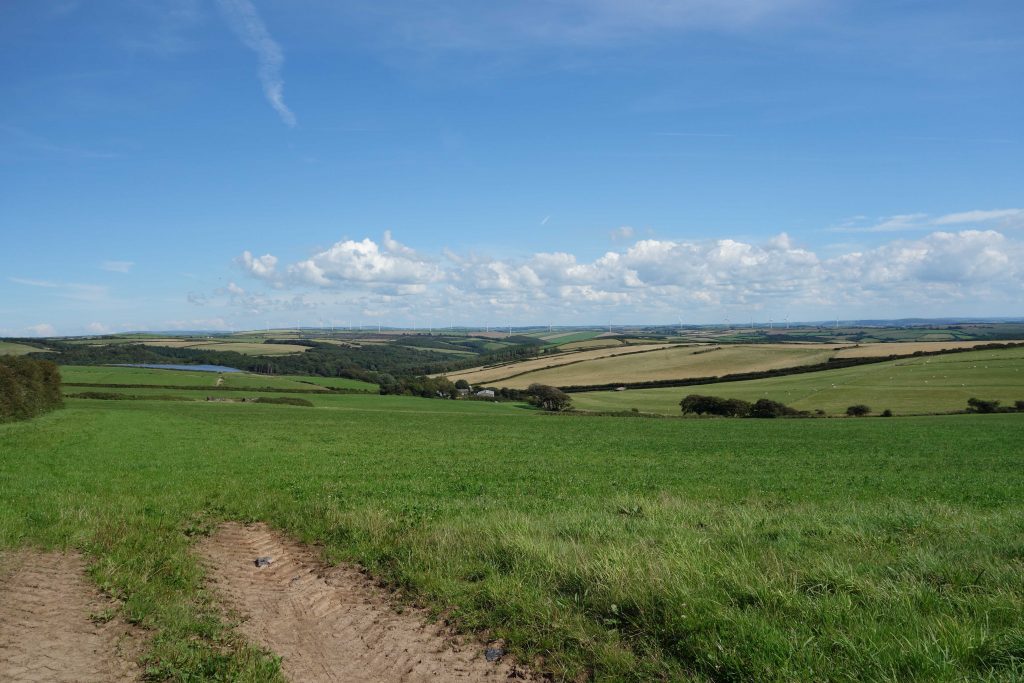
Mortehoe & Woolacombe
Many years after closure, the station was saved from dereliction and became a children’s theme park furnished with coaches and wagons. It was sold in 2004 and is now littered with houses.
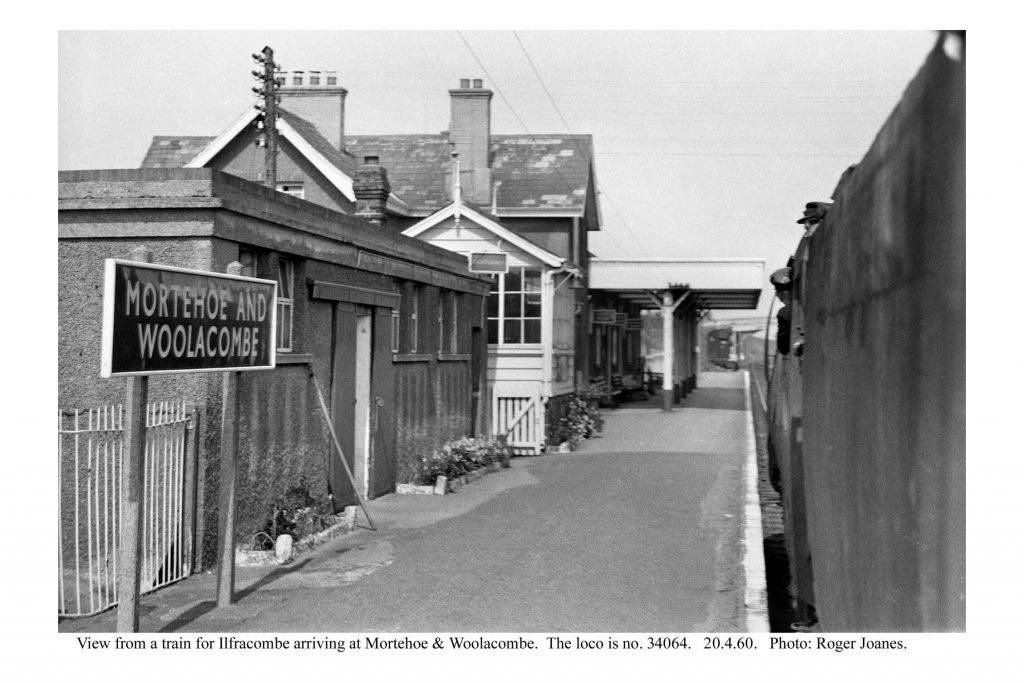
Copyright: Roger Joanes. Shared under Creative Commons. +
Soon after this was published, a reader drew attention to a howler committed by the scribe. That Mortehoe is commonly misspelt “Morthoe” was no excuse, particularly as the name twice appears in photographs above. “Locals sometimes jokingly refer to it as Mort-ee-hoeee just to emphasise,” added the kind reader. And so did Flanders and Swann in their charming ditty.
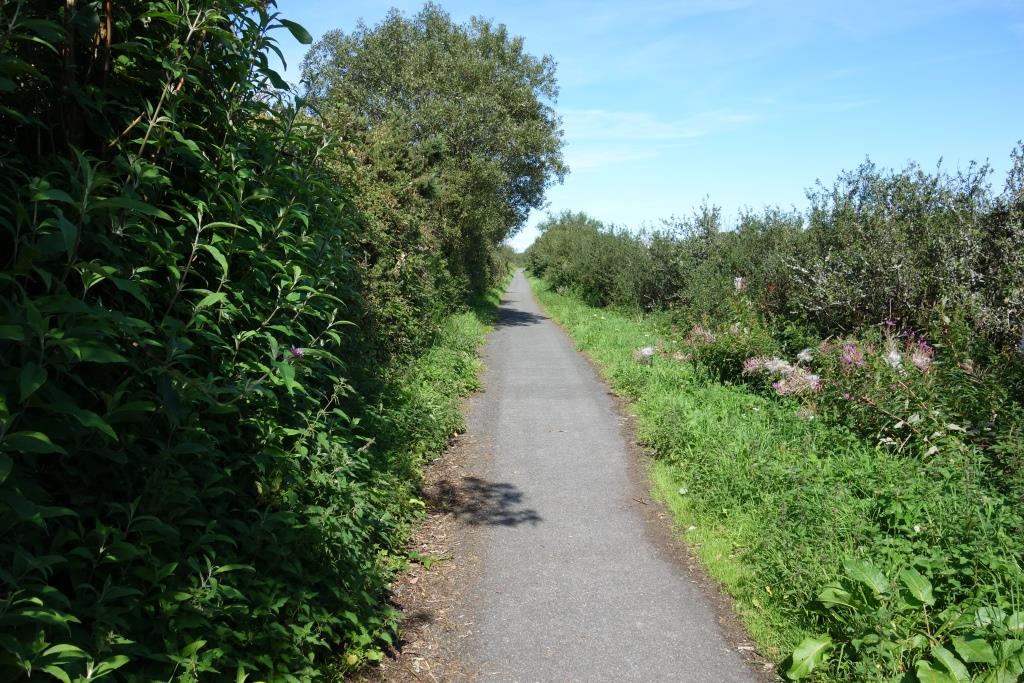
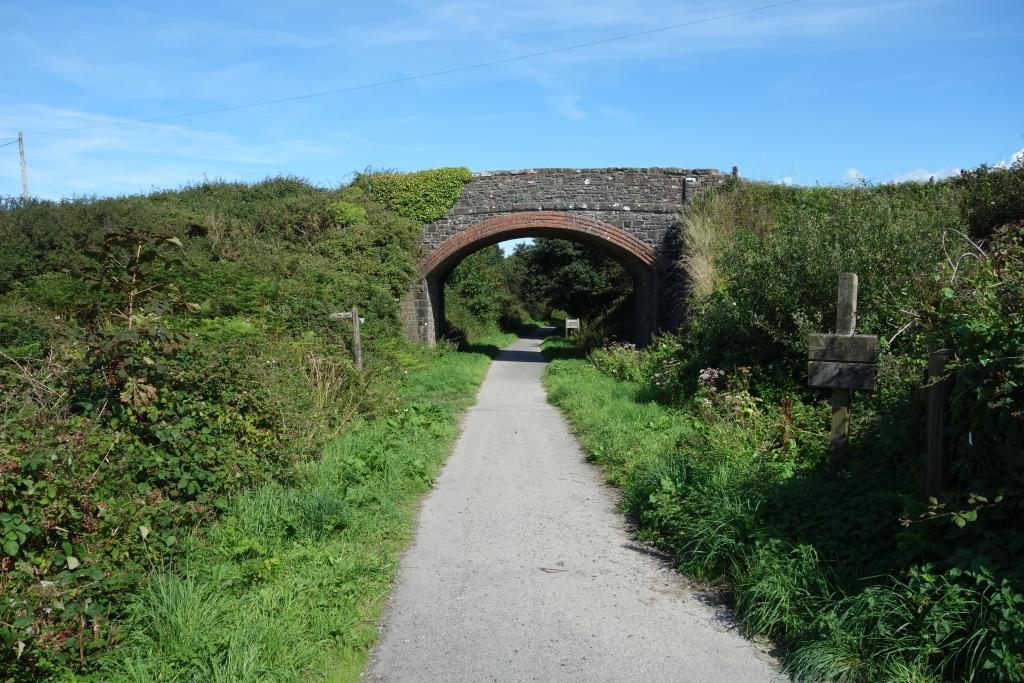
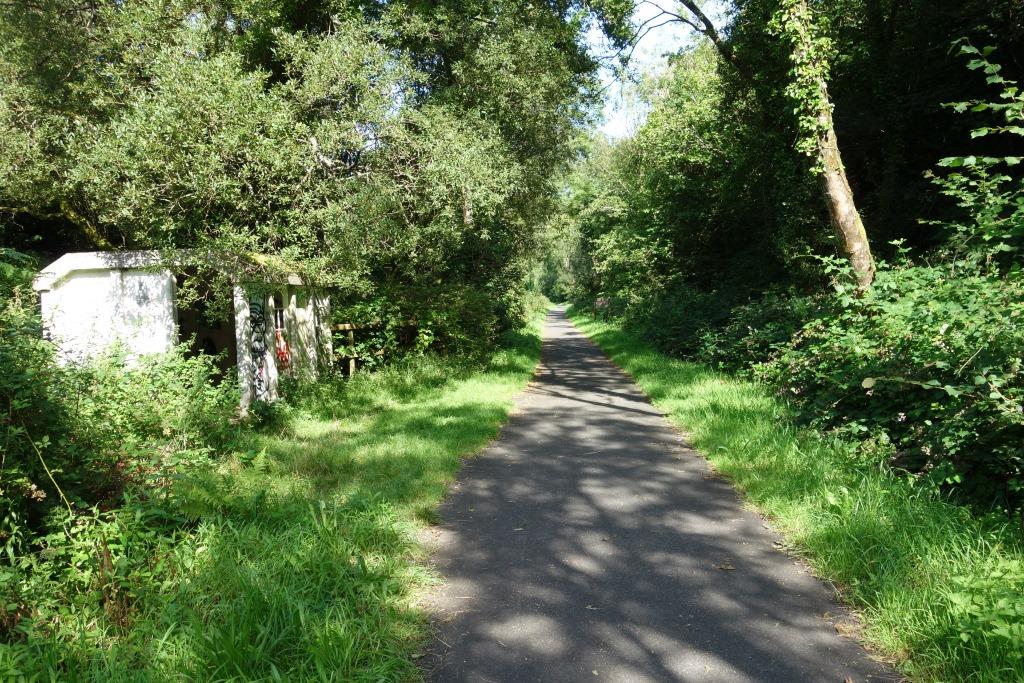
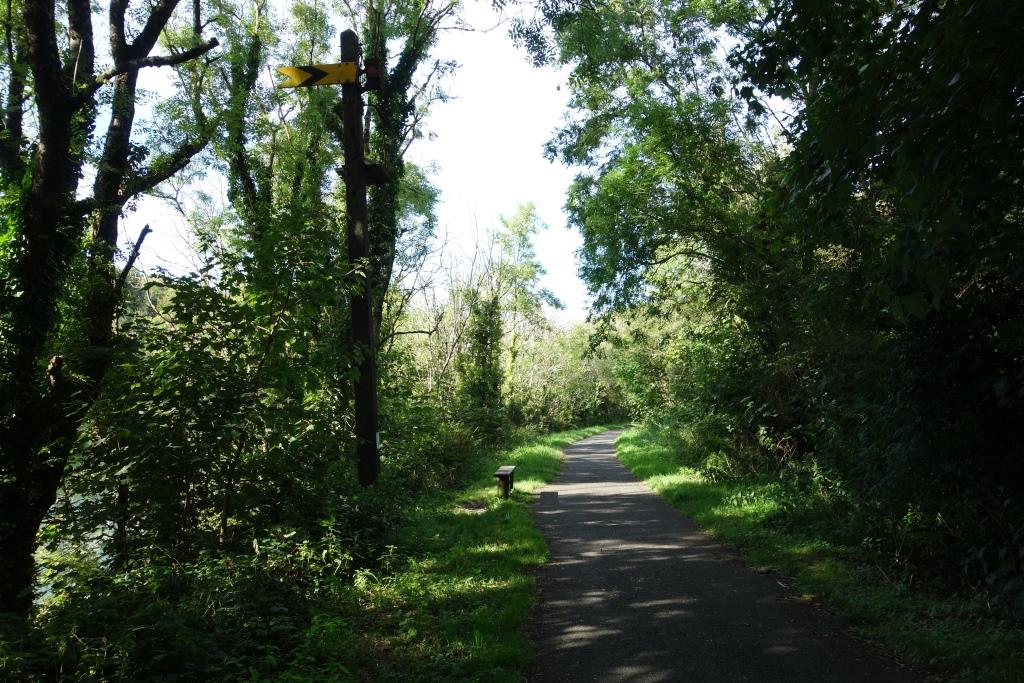
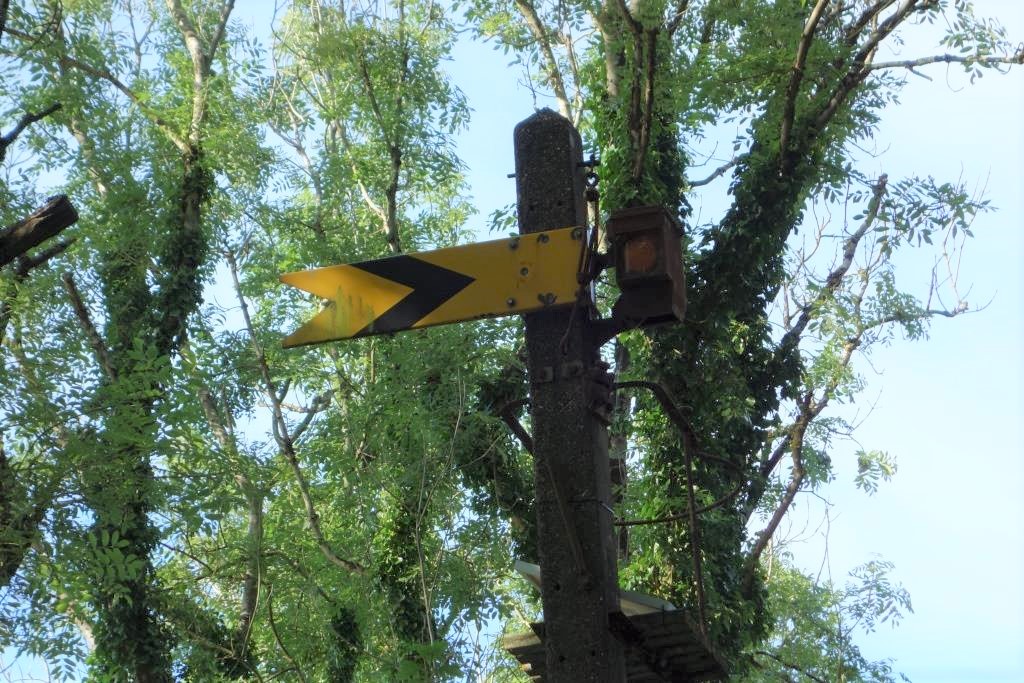
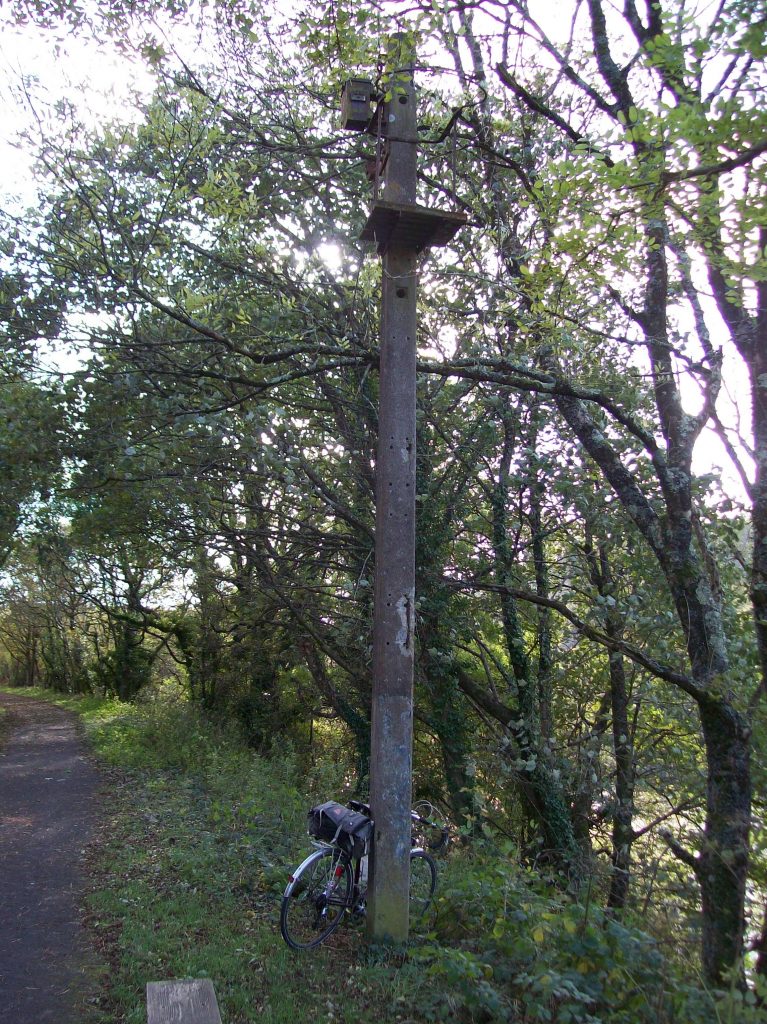
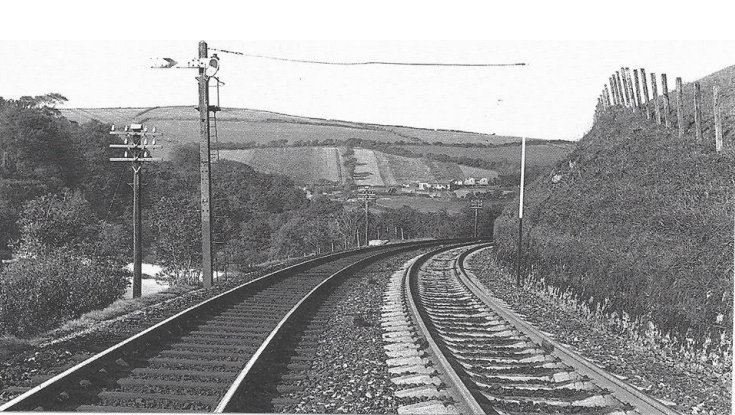
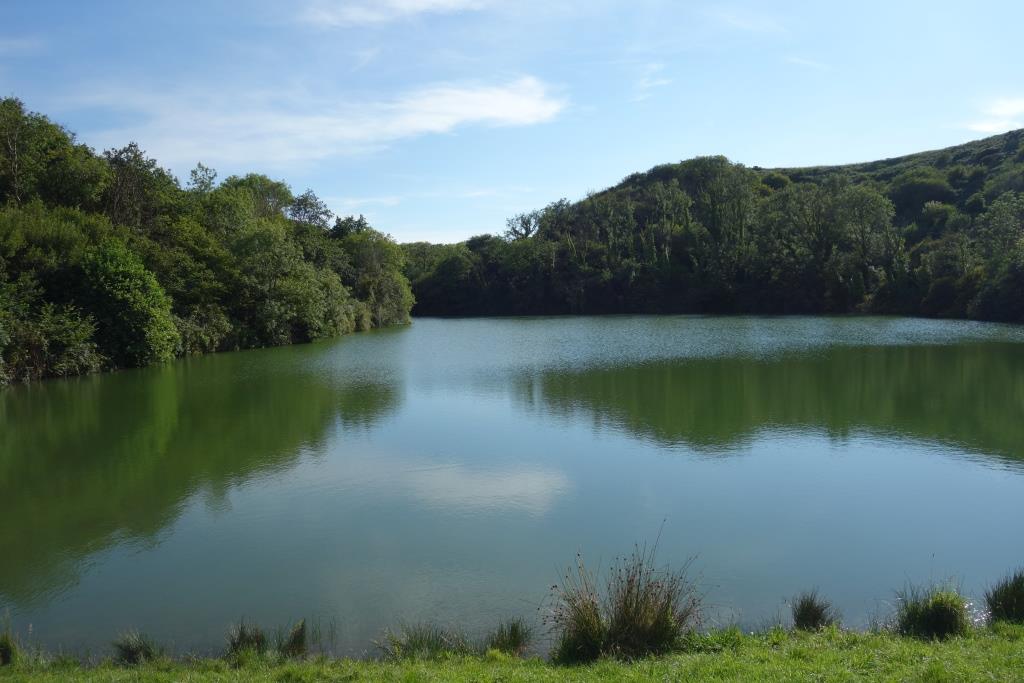
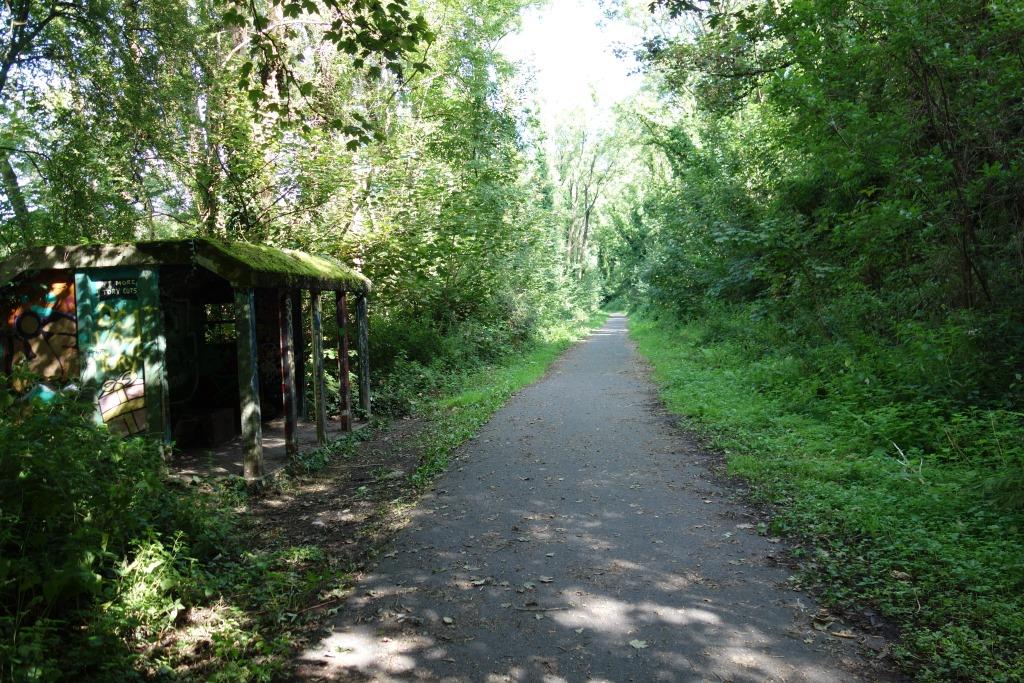
The arm of Ilfracombe’s upper quadrant outer home signal is original but the post is obviously a replica. It has recently been erected by the good people of Combe Rail. A solar-powered L.E.D. also comes on briefly every minute.
The white diamond on a bracket, lovingly reproduced here, would once have indicated to a Driver detained at this signal that his train was protected by a track circuit. This made it impossible for the signalman inadvertently to accept another train into the section.
A black and white diagonal striped panel would have indicated that a telephone was provided. In this event, after being detained for no more than two minutes, the Fireman or Secondman would use the telephone to contact the signalman and remind him of the presence of the train. This was required in the case of a train protected by a track circuit, if it were detained for an unusually long time.
Under the Absolute Block System of signalling, if neither of these safeguards were present, then the Fireman would have to go to the signal box in person, quite an impractical demand in this case.
More footage shot from a locomotive shows the descent of the bank to the station. Note the post and rail fencing and the telegraph wires on the Up side. And the signal being cleared on approach, with the next one already cleared.
Ilfracombe
Bernard Mills allowed his photograph of a “Warship Class” diesel, commencing the climb from Ilfracombe with a Paddington train in 1968, to be applied to the reverse of the B.R. totem supplied to Combe Rail. The scout knew roughly where Bernard was positioned but nothing can be seen from the same spot today. The best the scout could do was point his camera through Pall’s security fence at the only place where part of the station could be seen.
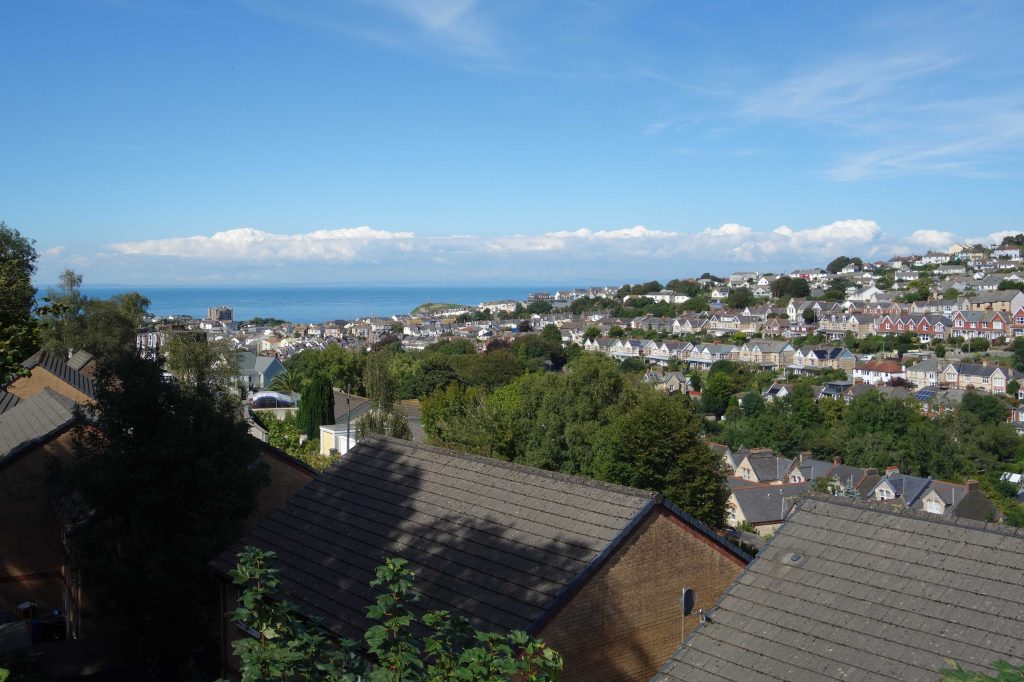
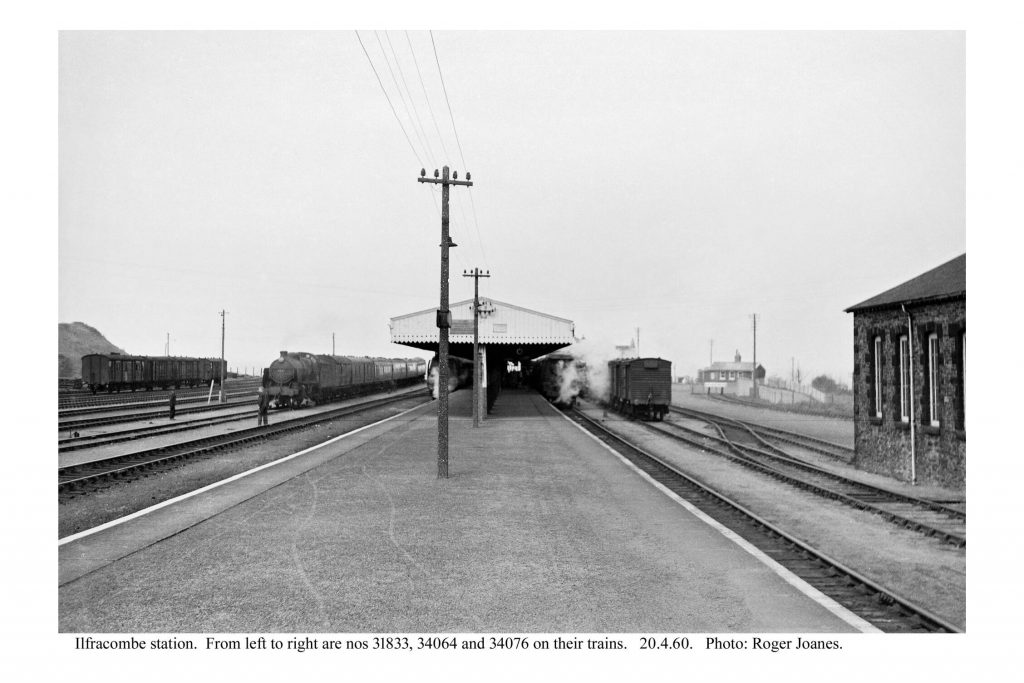
An eight millimetre silent film records the run down state of the line on one of the last summer Saturdays of 1970.
The train now leaving: a B.B.C. Spotlight look at what closure of the line did to Ilfracombe. Roy Filer runs Filer’s Travel, which operates many local bus services and has a depot in Slade Road.
The last train to traverse the line, as far as is known, was an inspection special. In February, 1975, a Class 25 and an engineer’s saloon crept along the line. It’s purpose is not clear. Was it to assess the condition of the line for reopening or was it to show the demolition men what lifting would entail? Or was it just a “last chance jolly”?
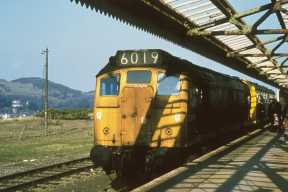
It was just gone four when the scout locked his bike to the railings outside the Co-op in town. He took his large “meal deal” to the harbour and ate it in the still strong sunshine.
An old boy asked if the scout’s tourer was ’70s or ’80s. The scout replied that it was new in 1997 and that the rider was new in 1957. The old boy was from West Yorkshire, reminding the scout that people still came to Ilfracombe for their holidays, although surely not in the numbers they did when trains brought them.
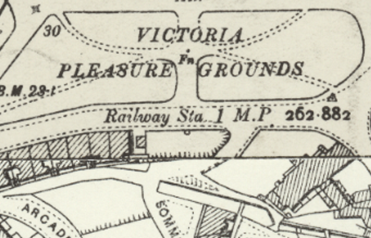
At ten to five, after wandering around the sights, the scout set off from near the former “Railway Station, One Mile” signpost to climb the hill. He passed the station at 1702 and rolled in at Junction at 1819, having stopped to take a few more photographs and chat to a fellow who was hauling a dog trailer up the bank behind his bike.
A rattling number 21 double-decker passed him in Knowle and the scout shot past it, a long way back in the queue of traffic, in Braunton, where he reverted to the railway trail.
The scout has ceased to care, having listened to a pal who frequently advises him to “let ’em get on with it.” All except the bus passengers sat in that queue, and in congestion everywhere, had signed up for roads’ madness, and government and authorities had encouraged and engineered it over many decades, now feebly pretending to rein it in at the same time as preparing for electric motoring fully to take over.
Not another cyclist was seen between Braunton and Mortehoe Station in both directions, and very few were seen between Mortehoe and Ilfracombe, or in the town.
When the scout returned to the utilicon, he had ridden 43 miles.

